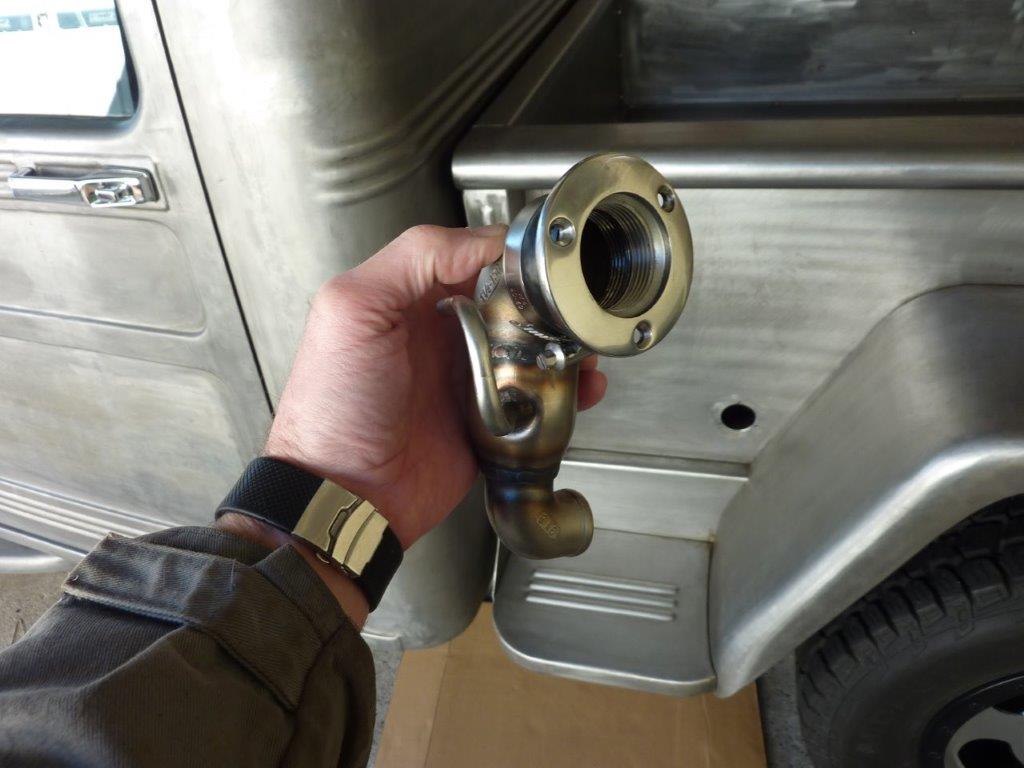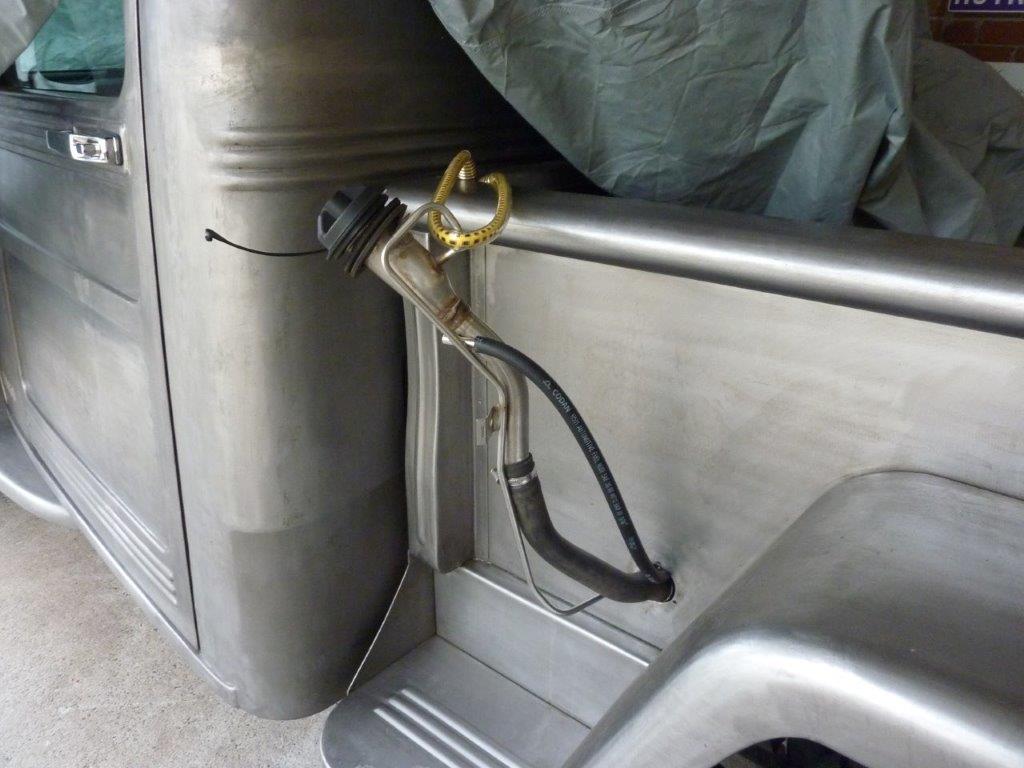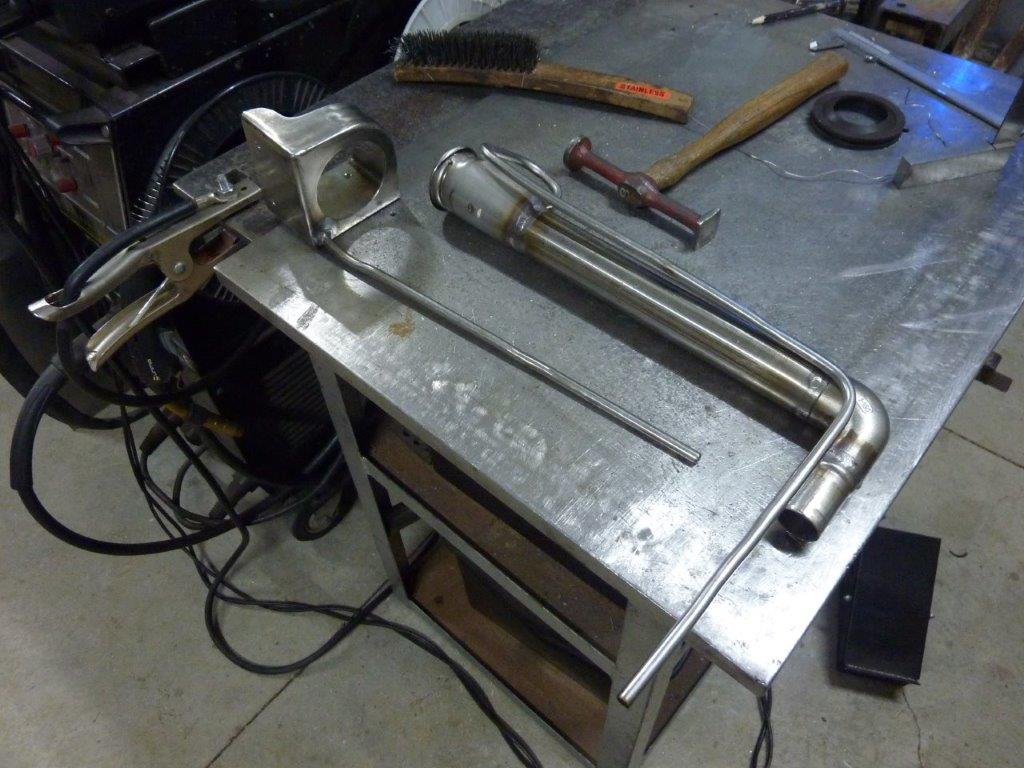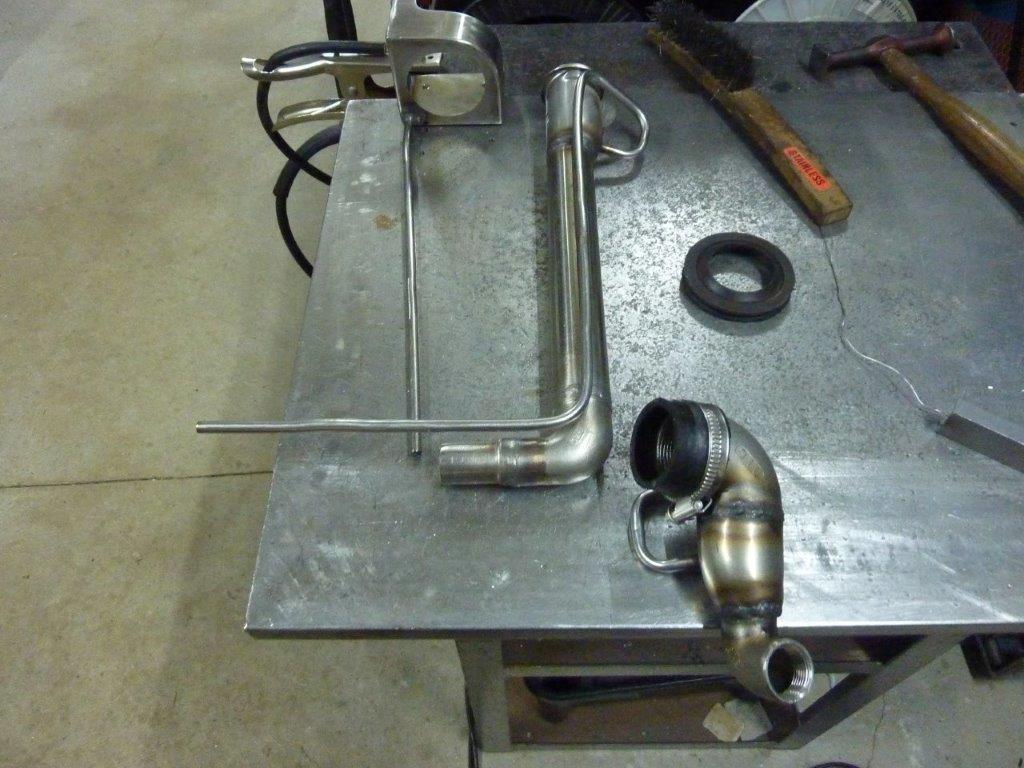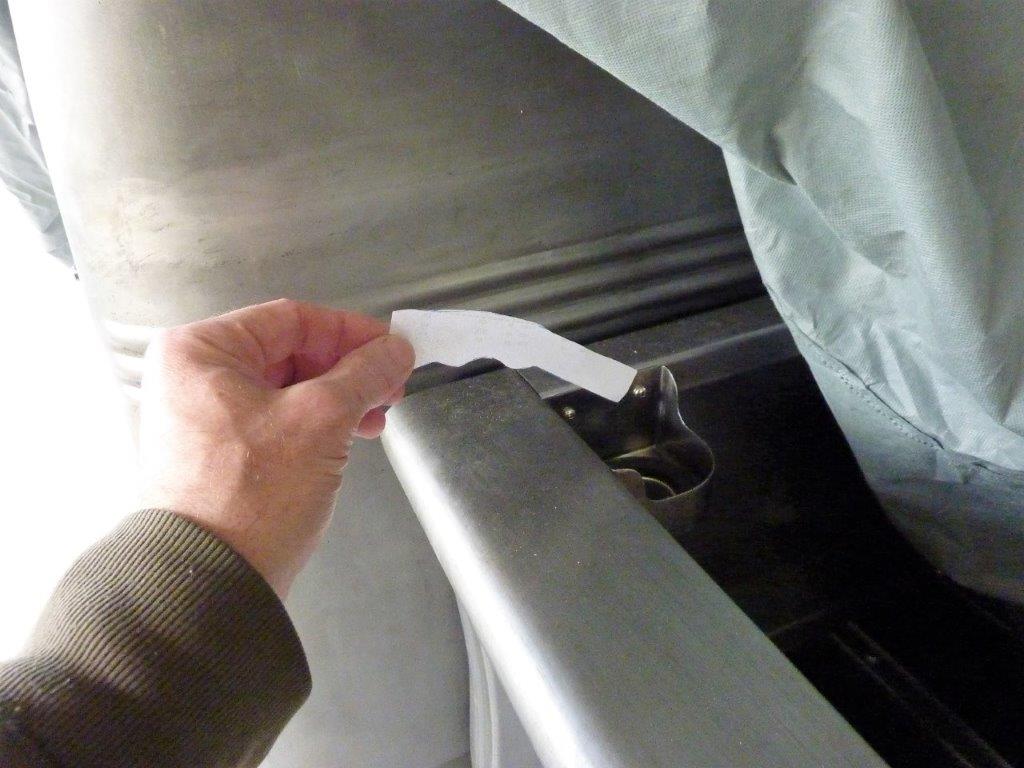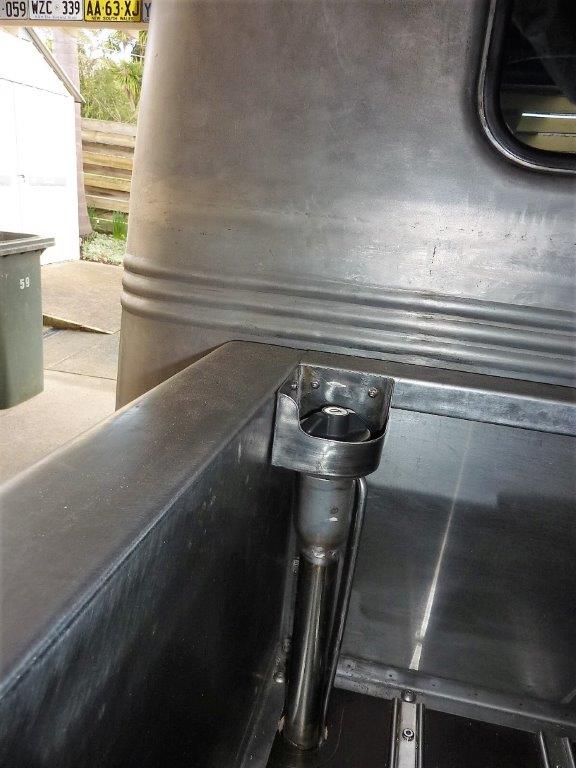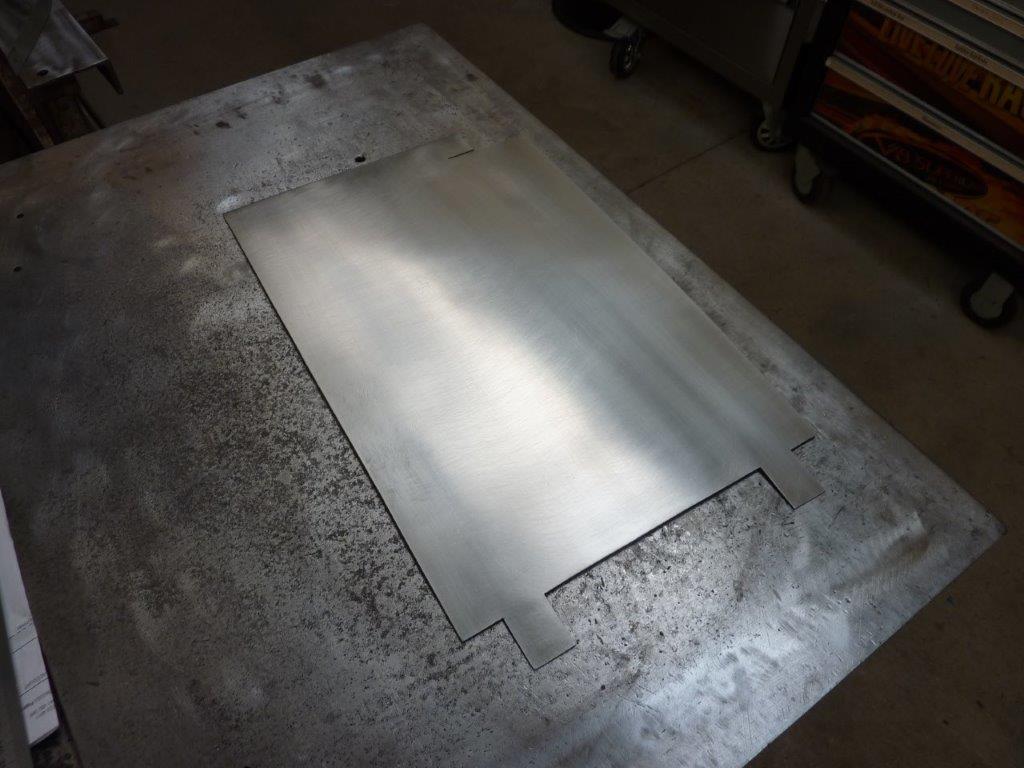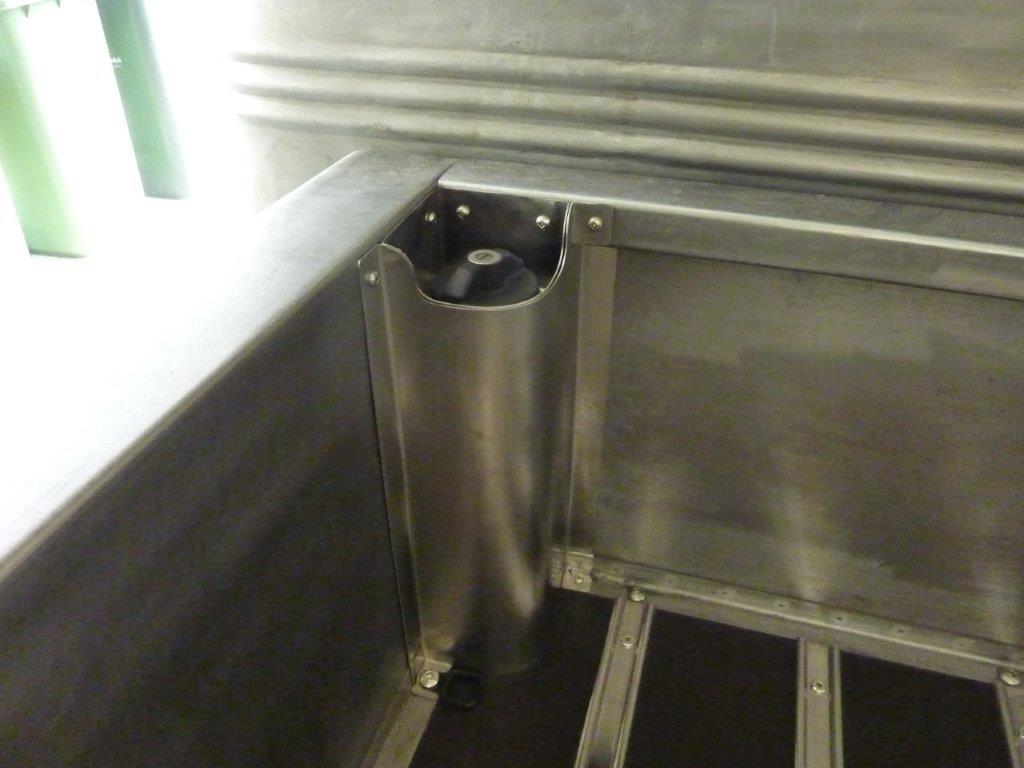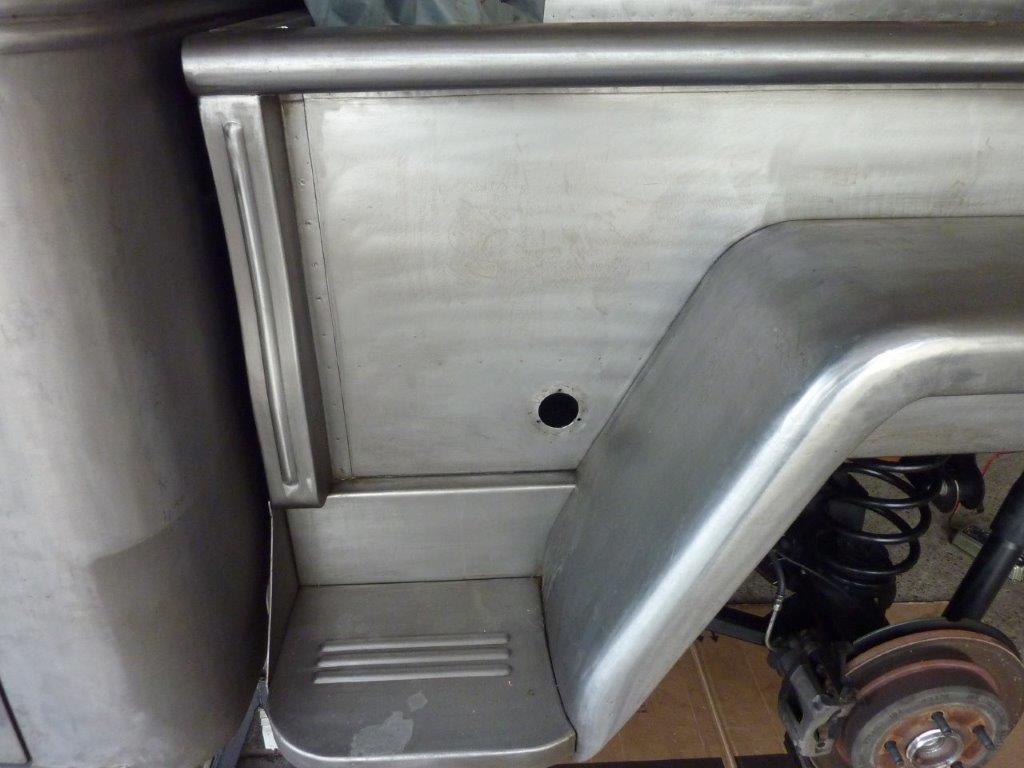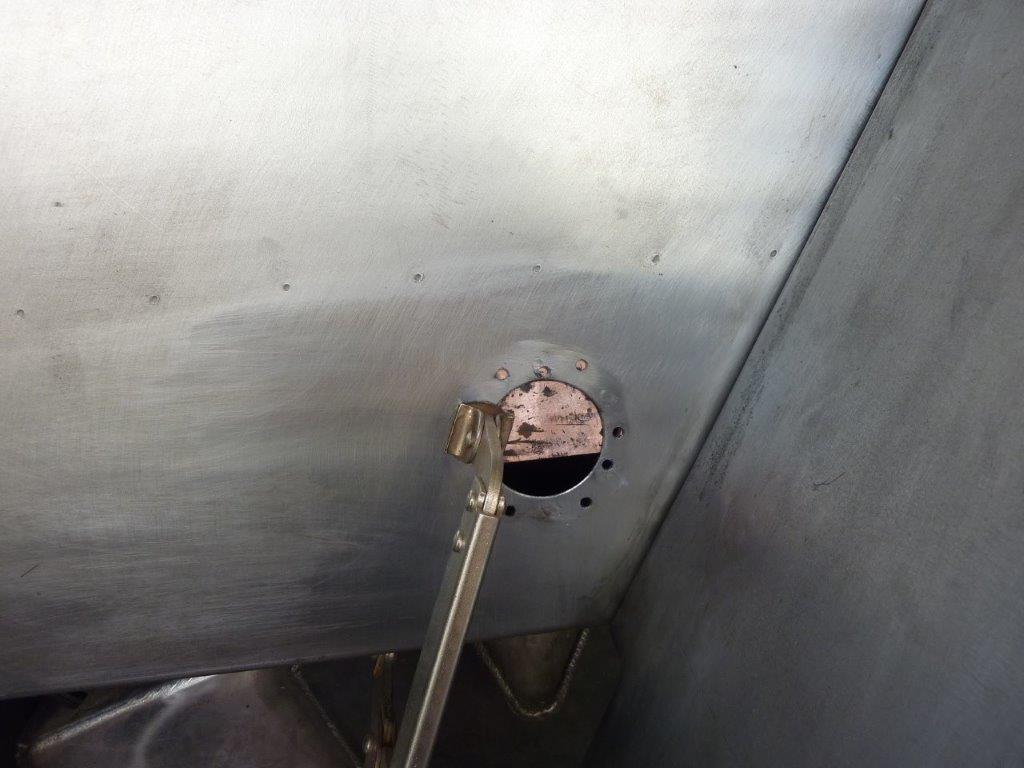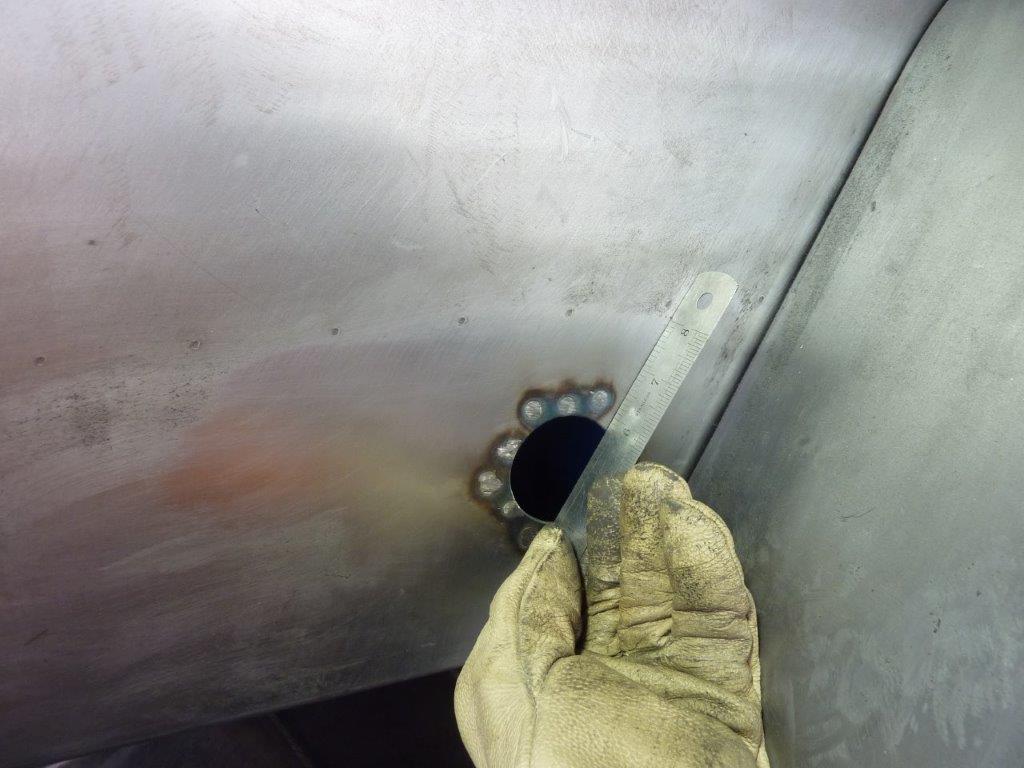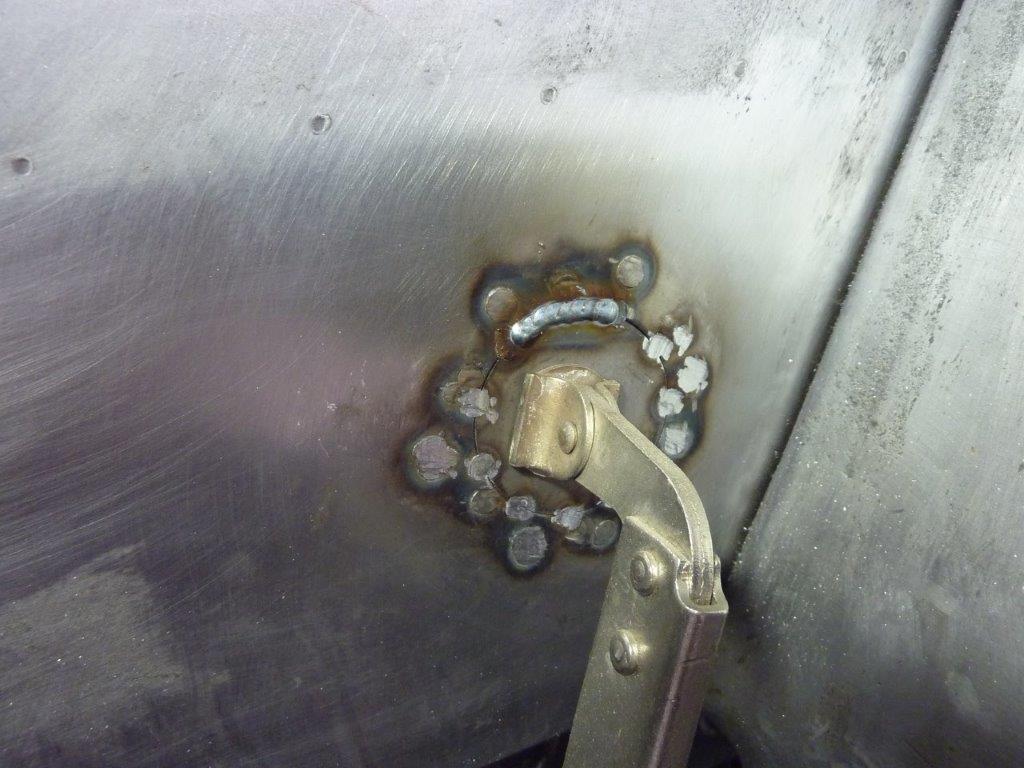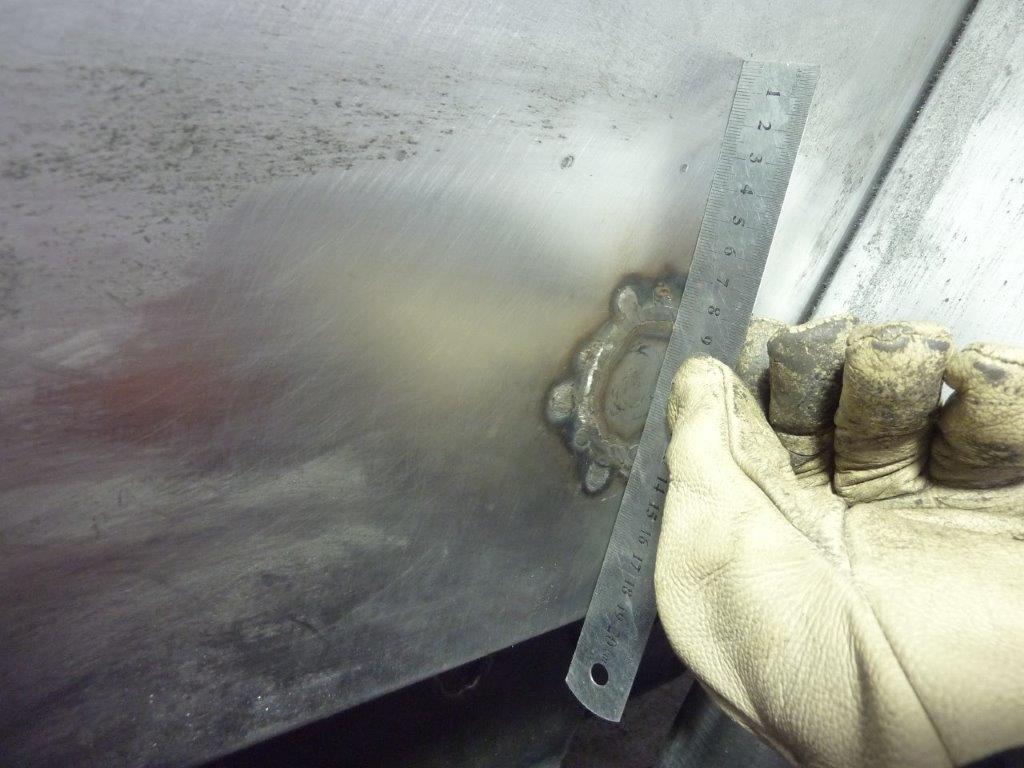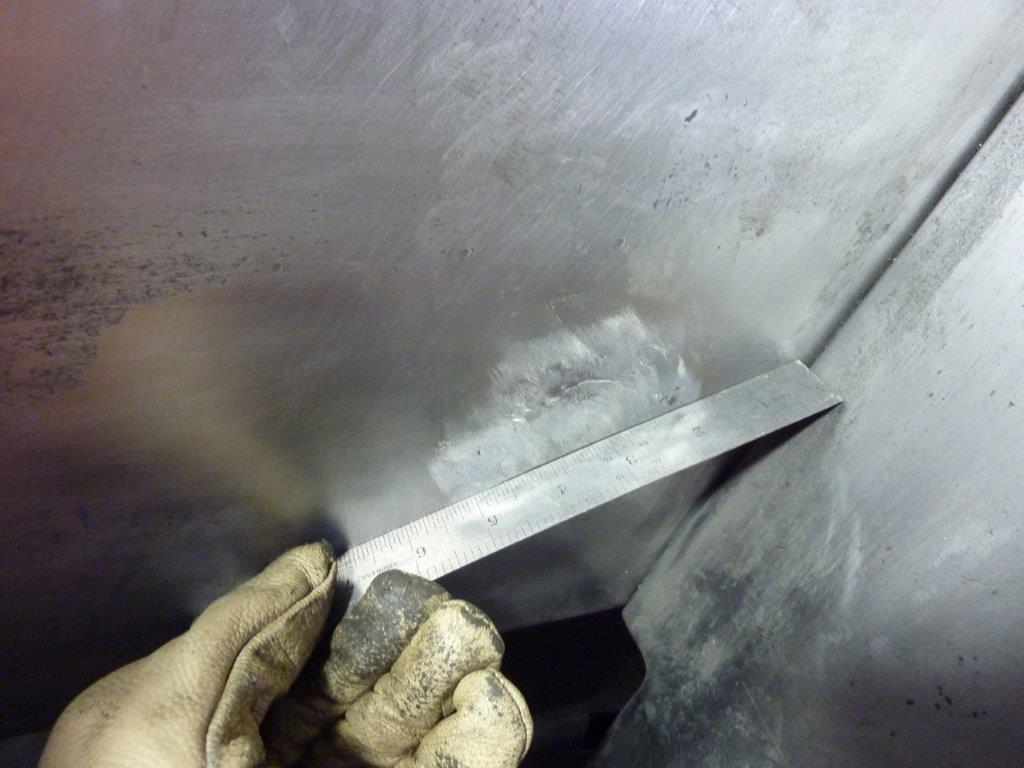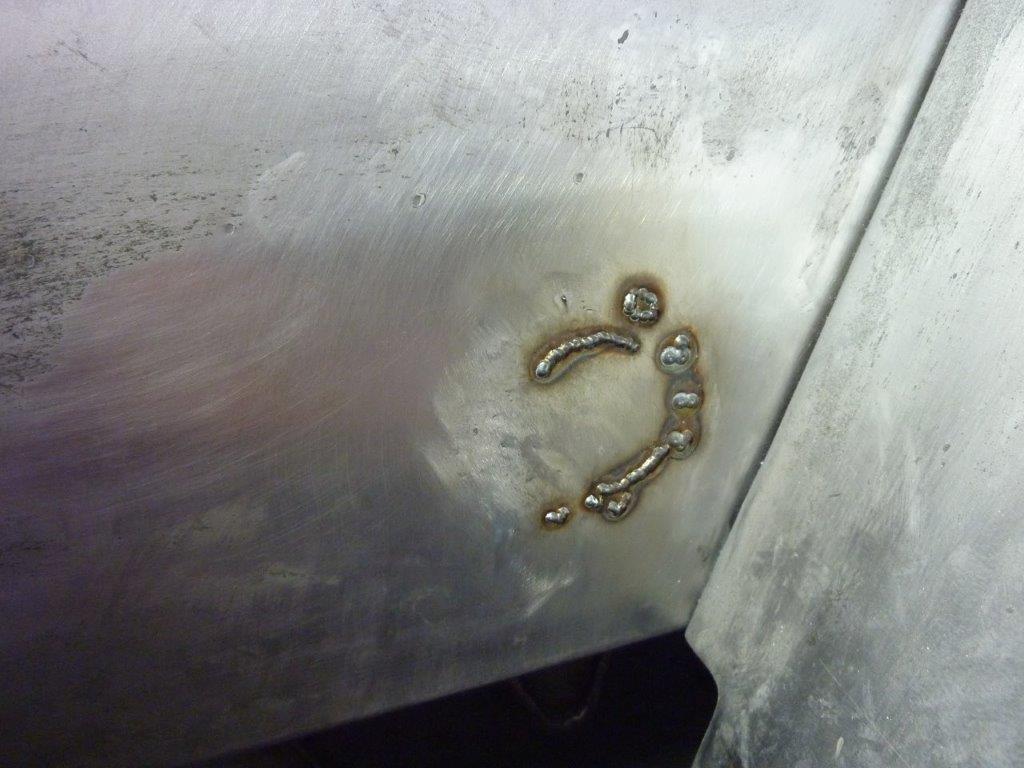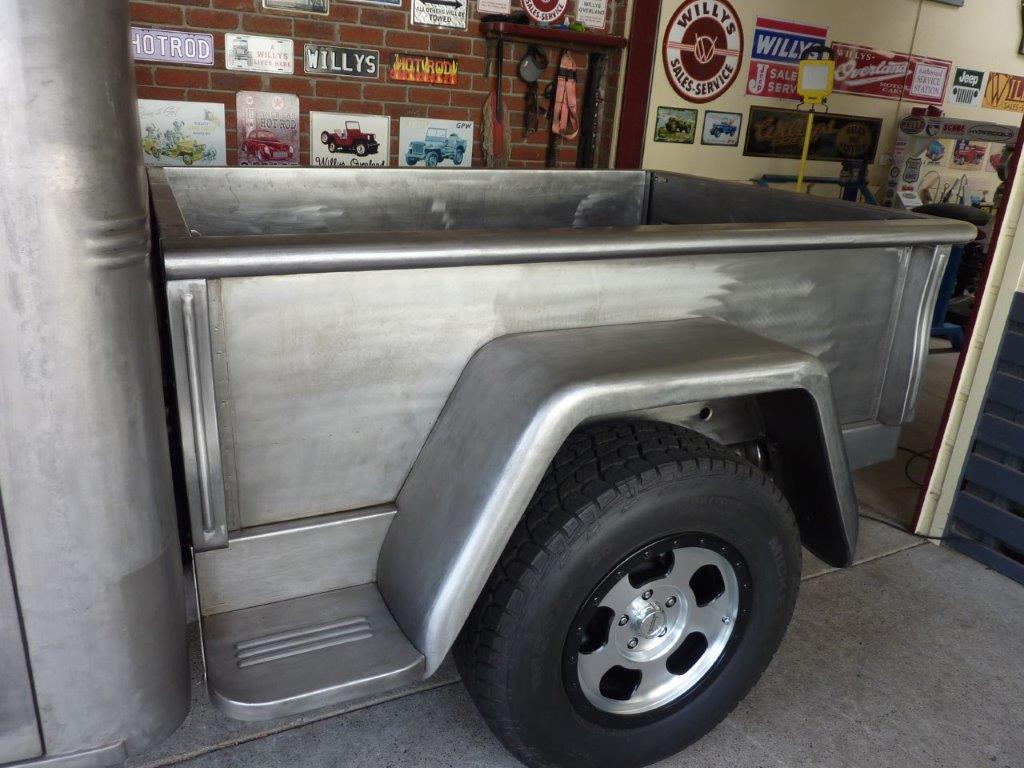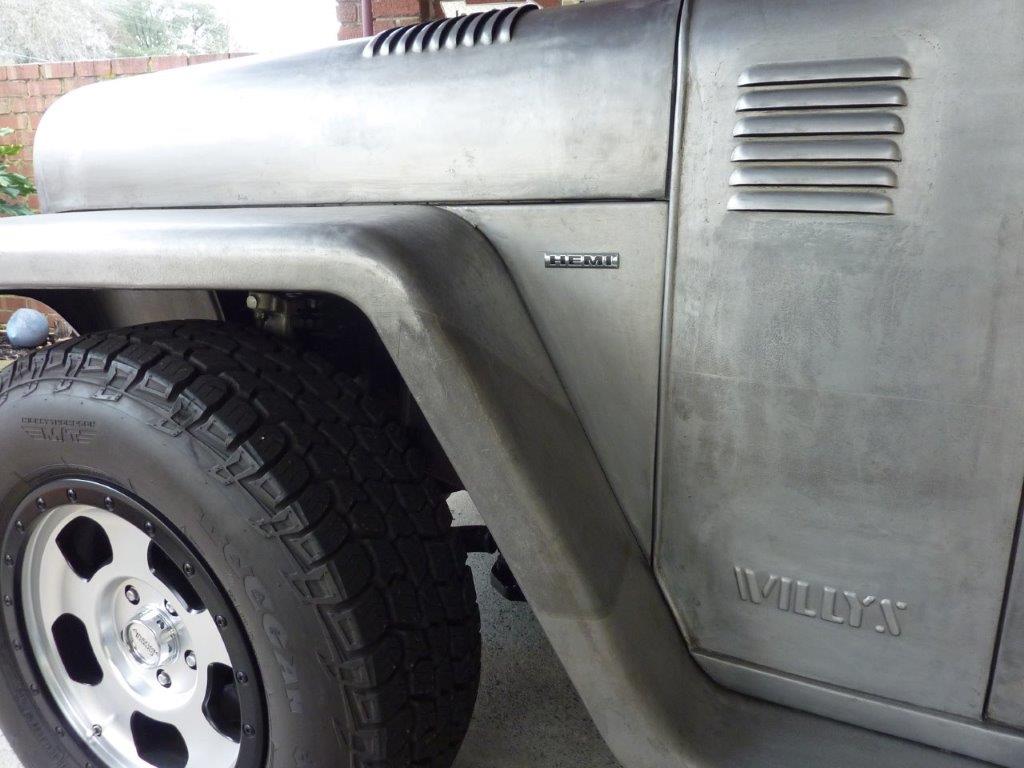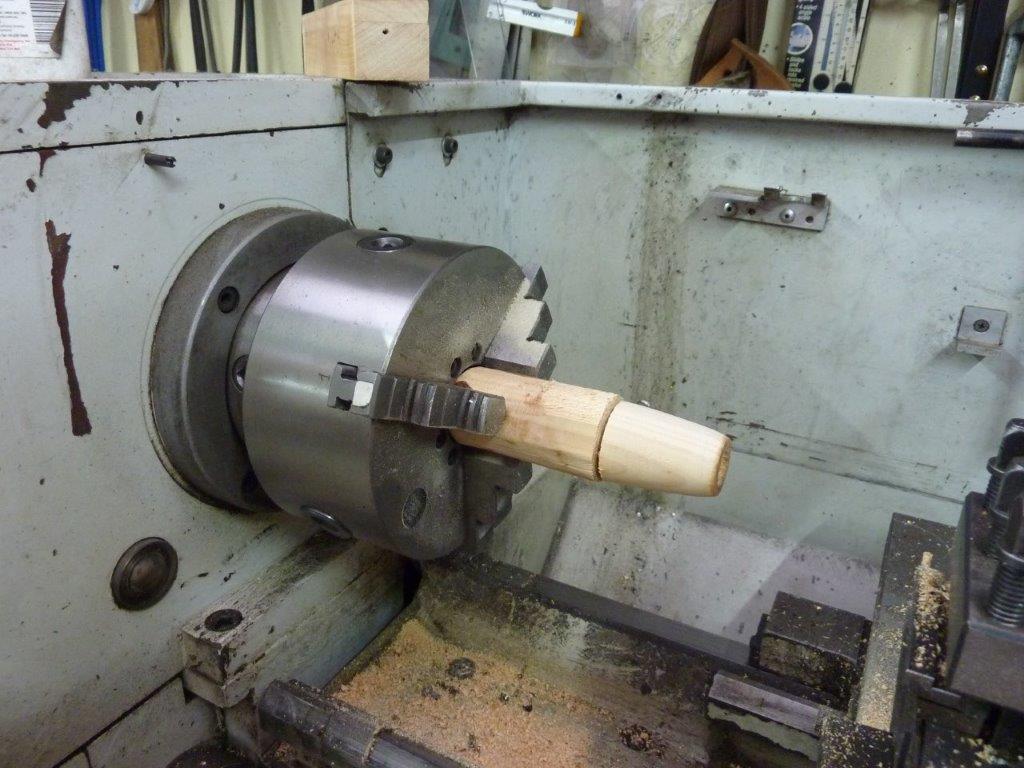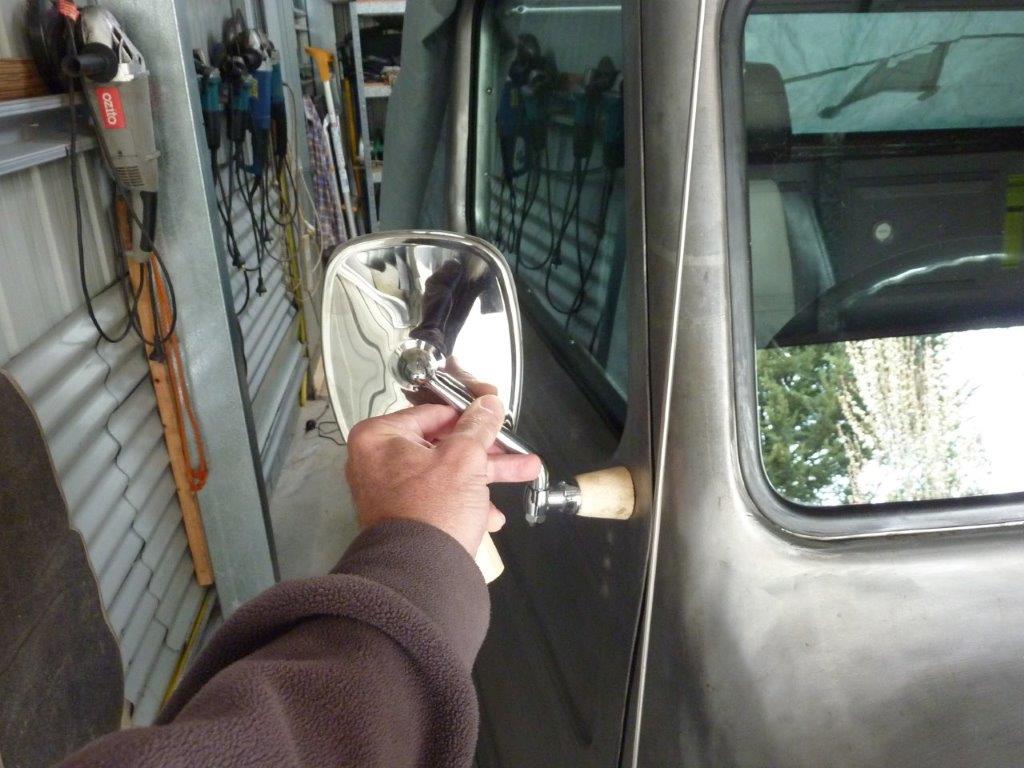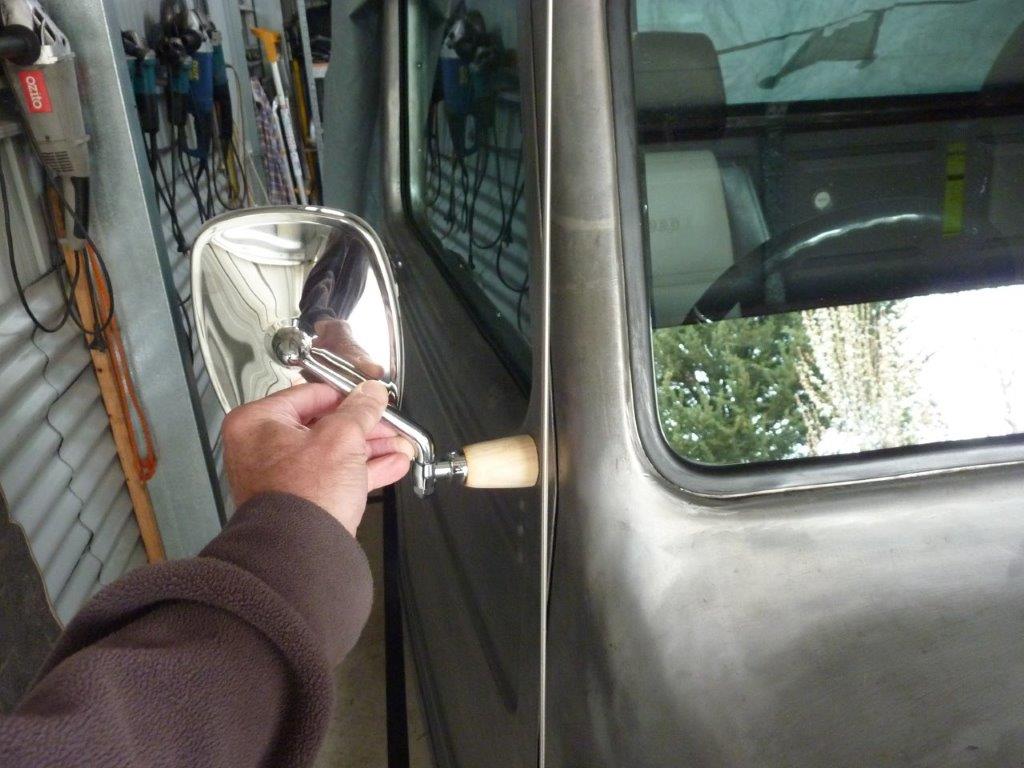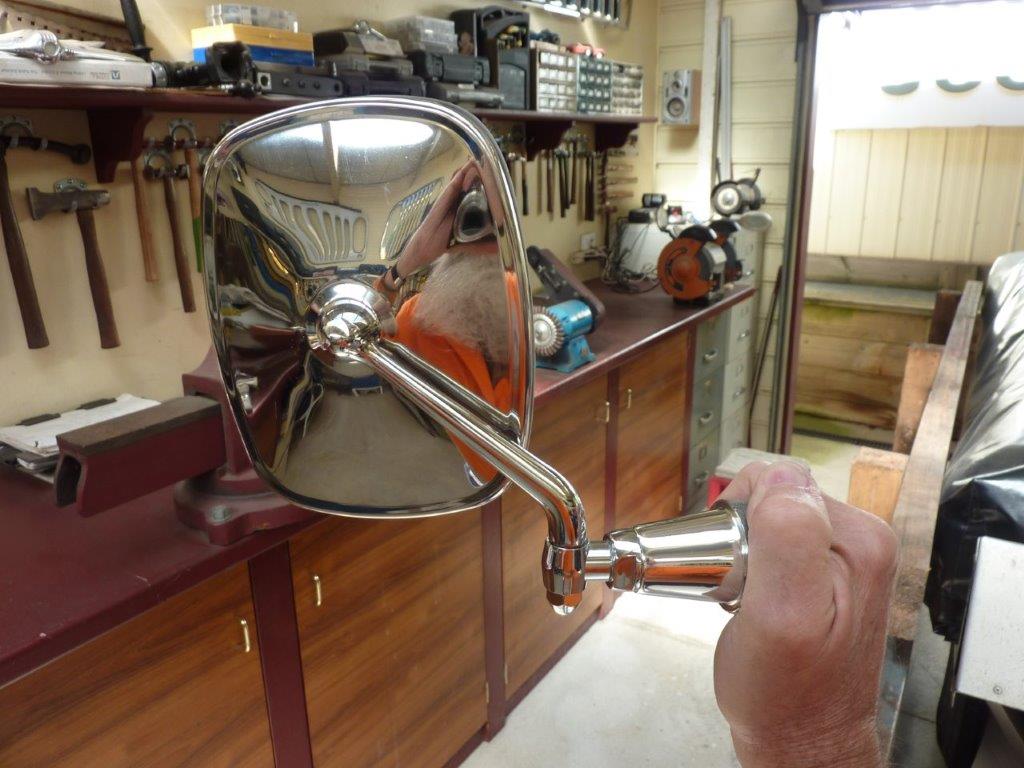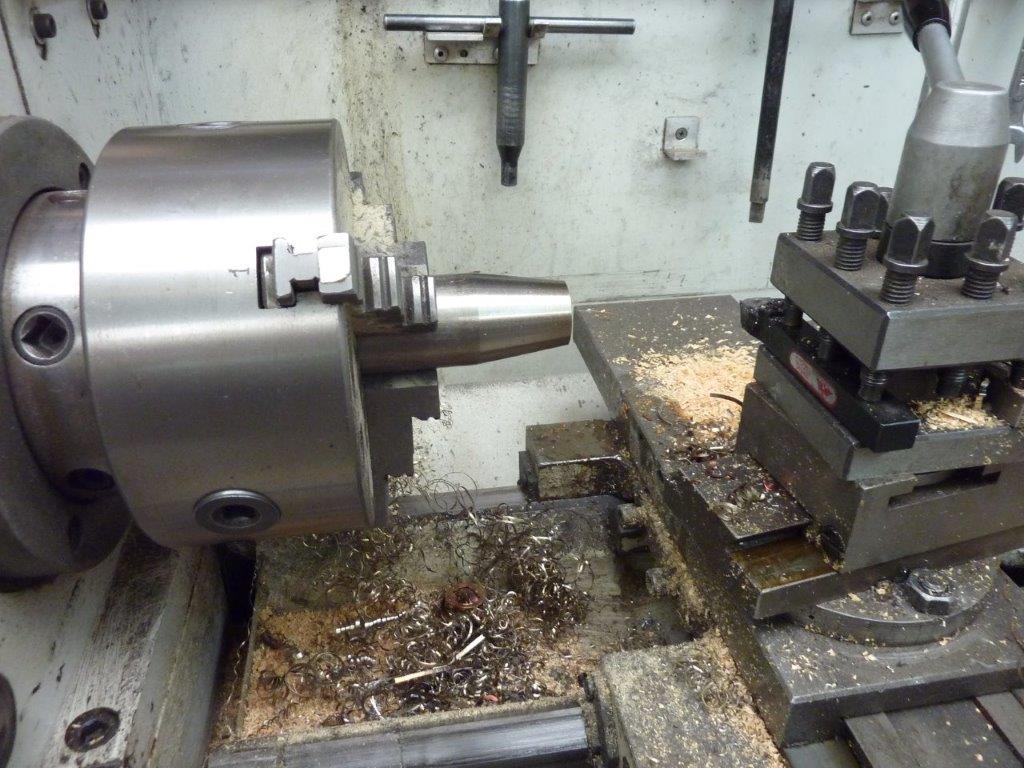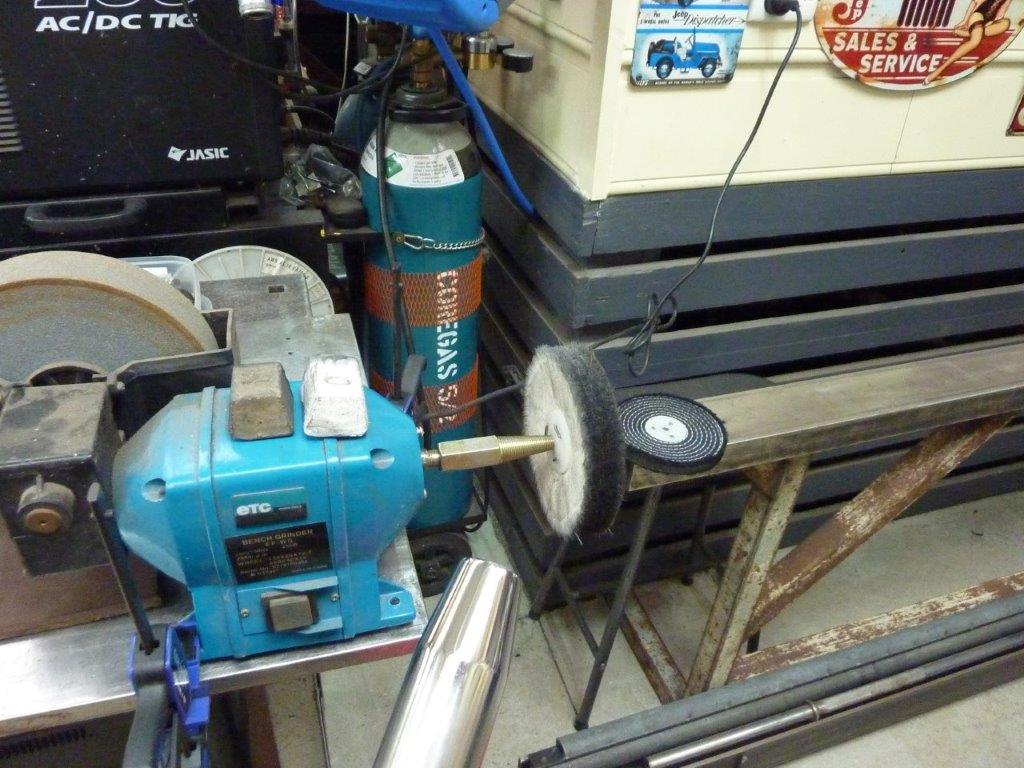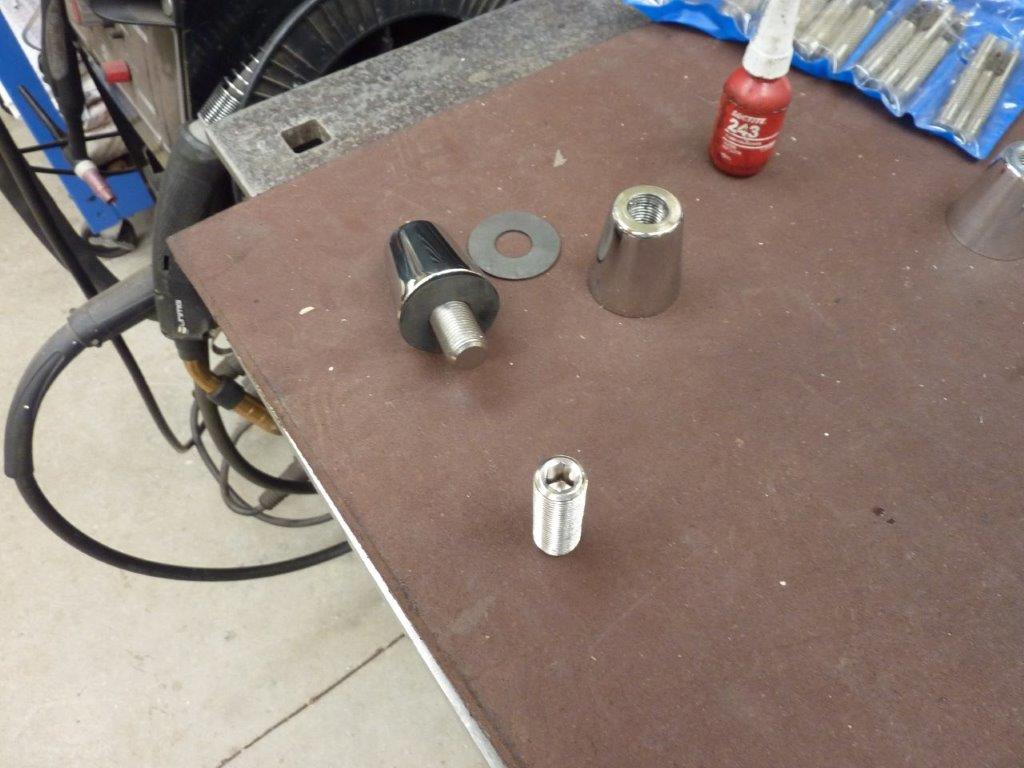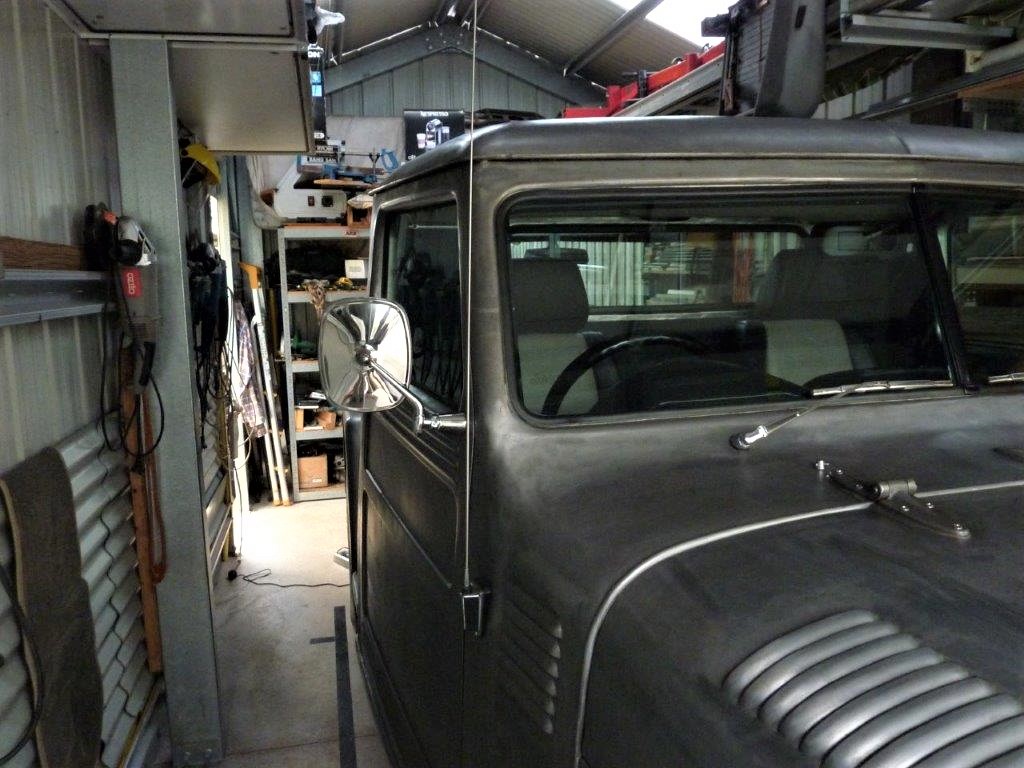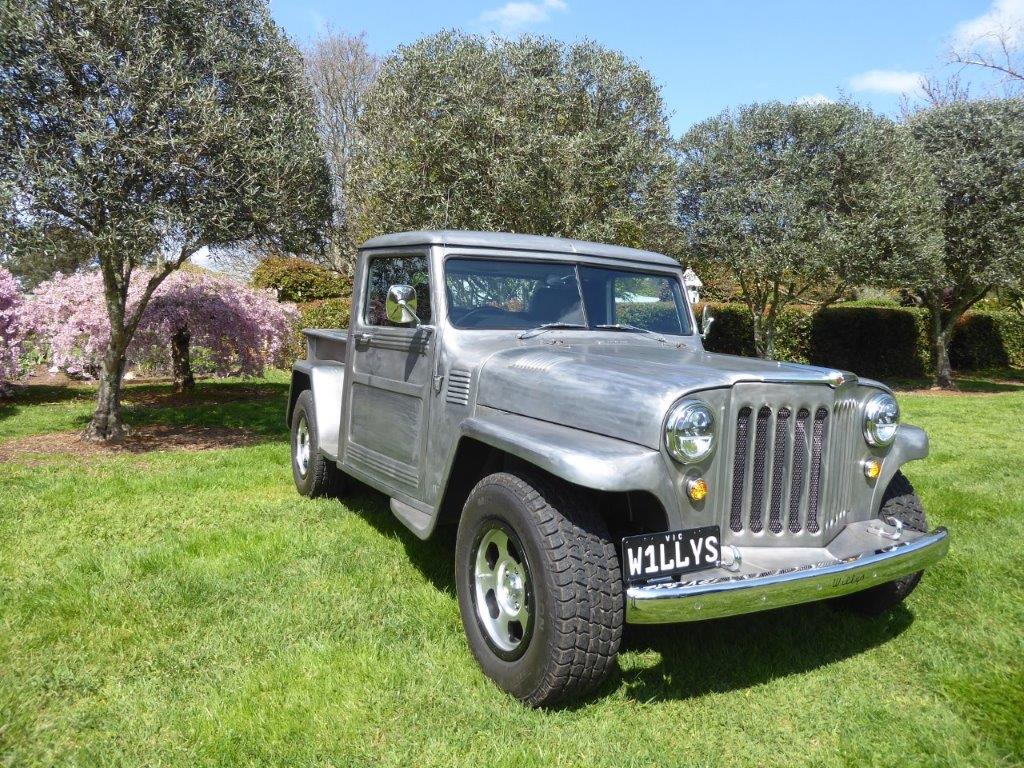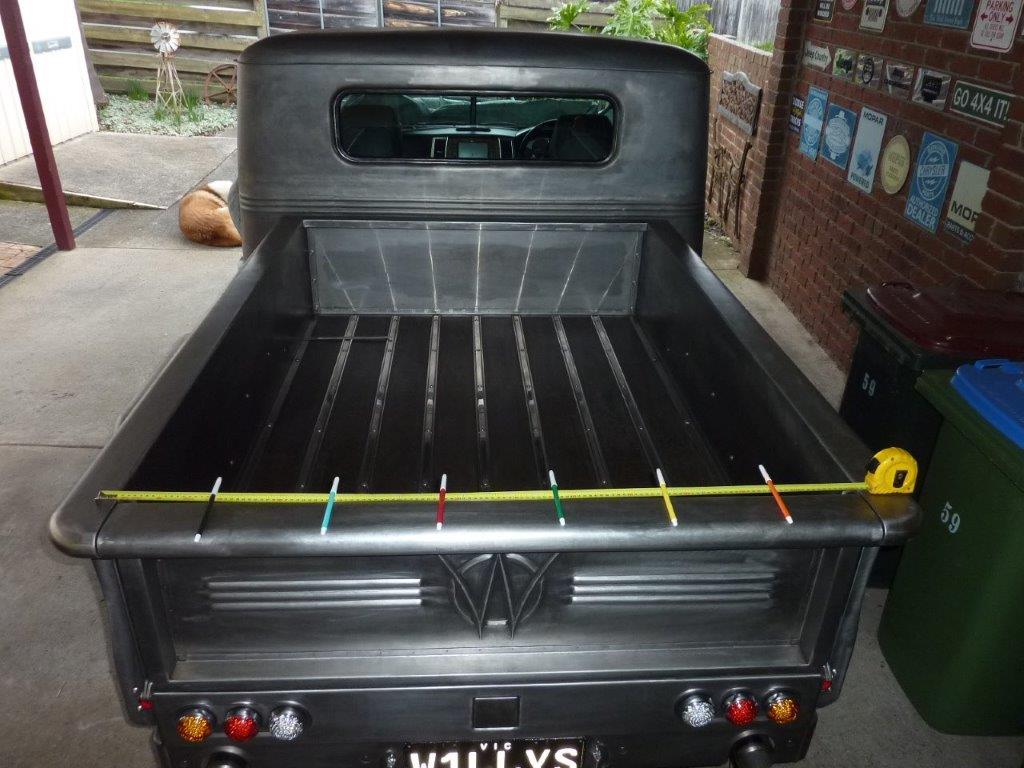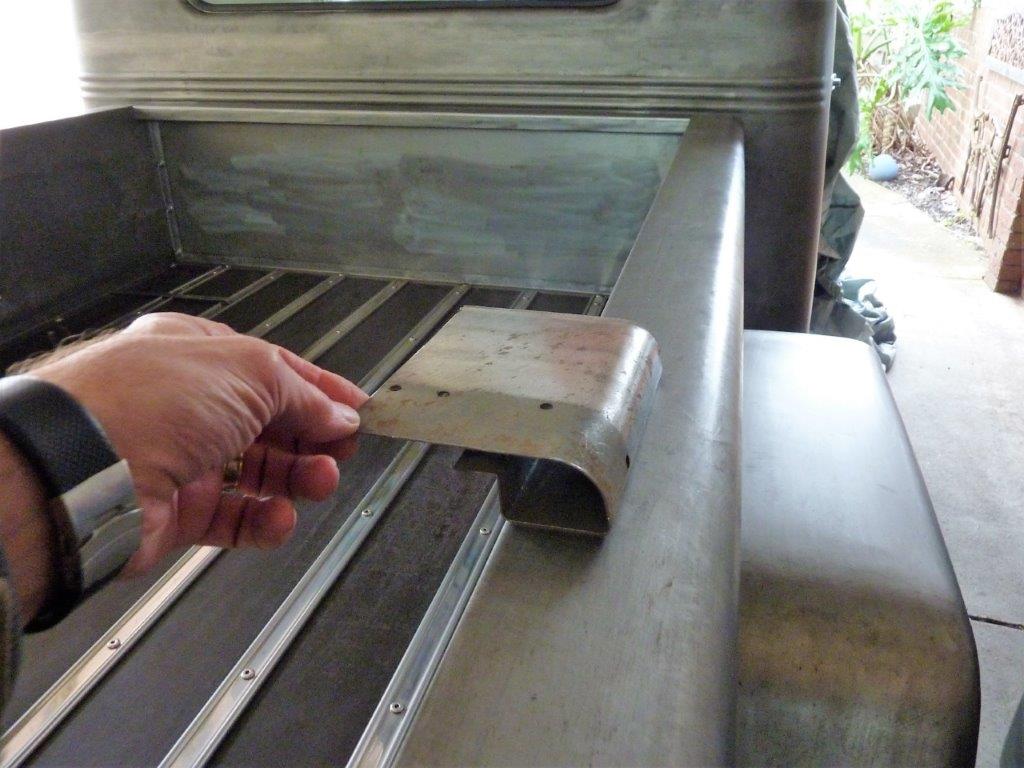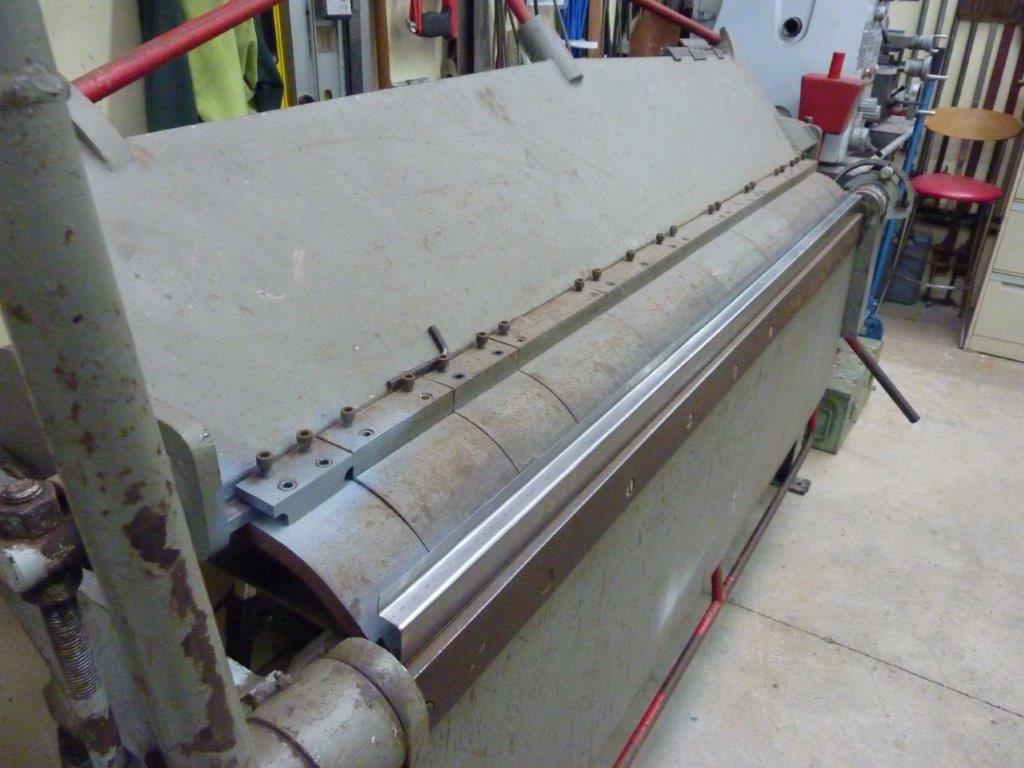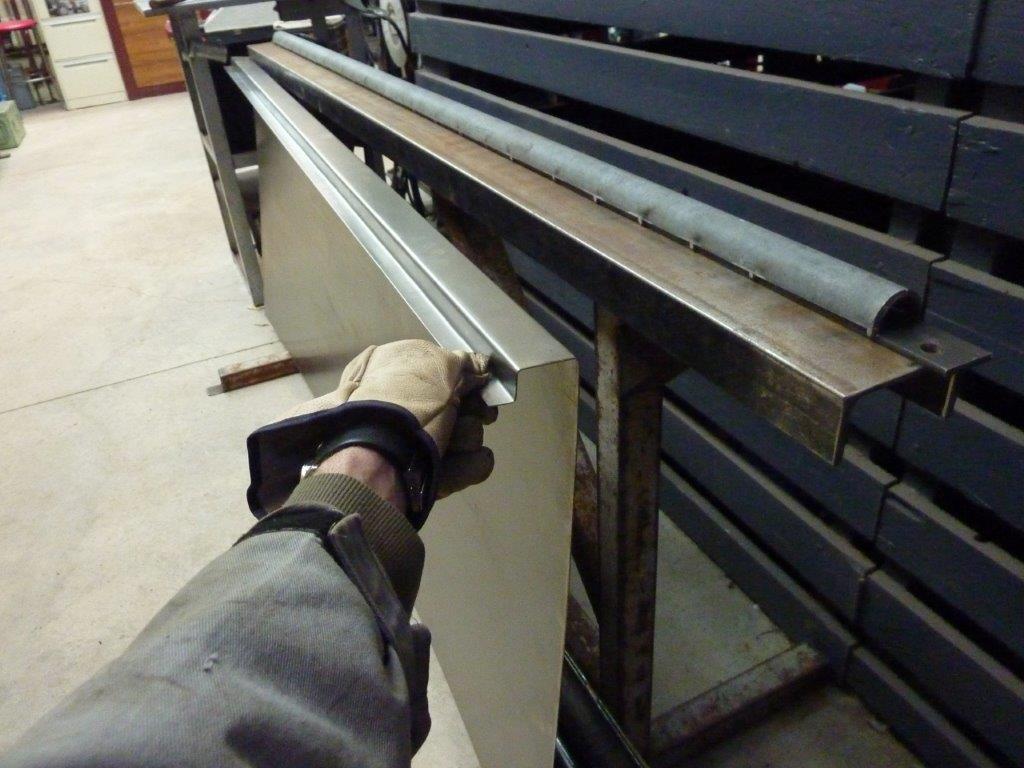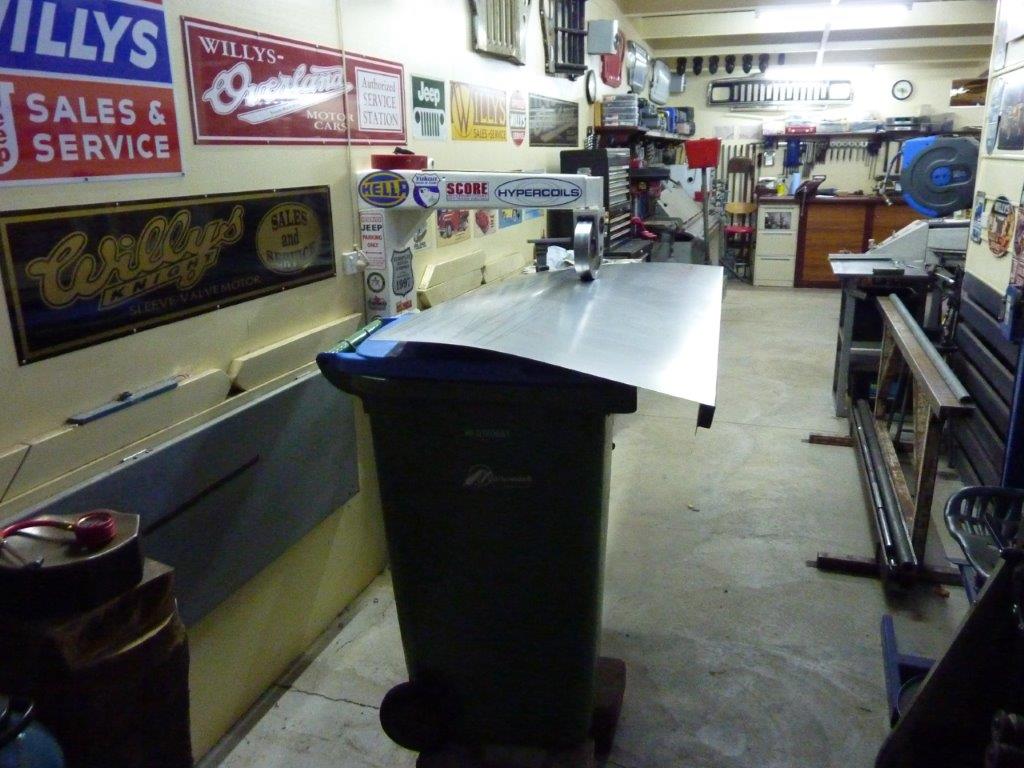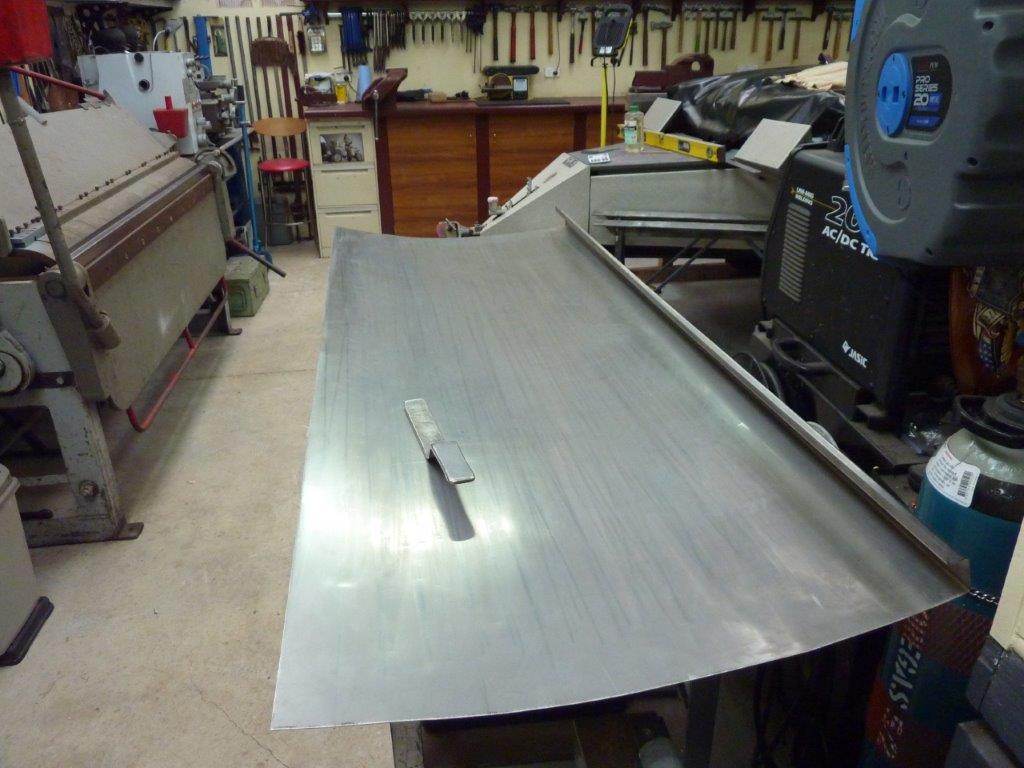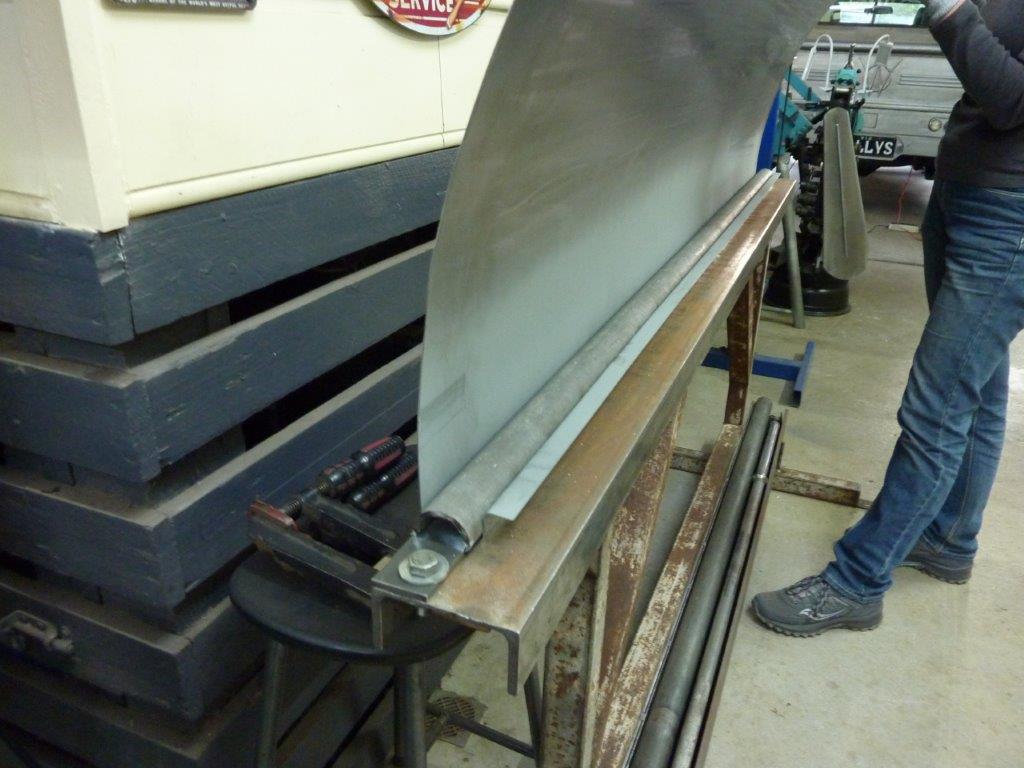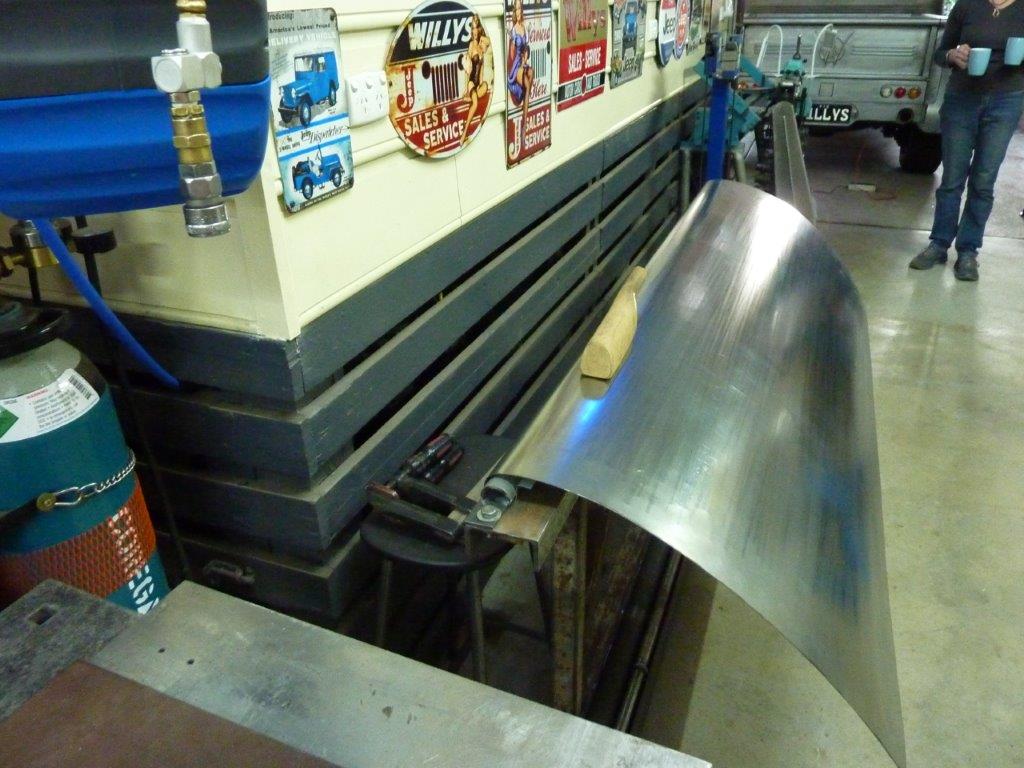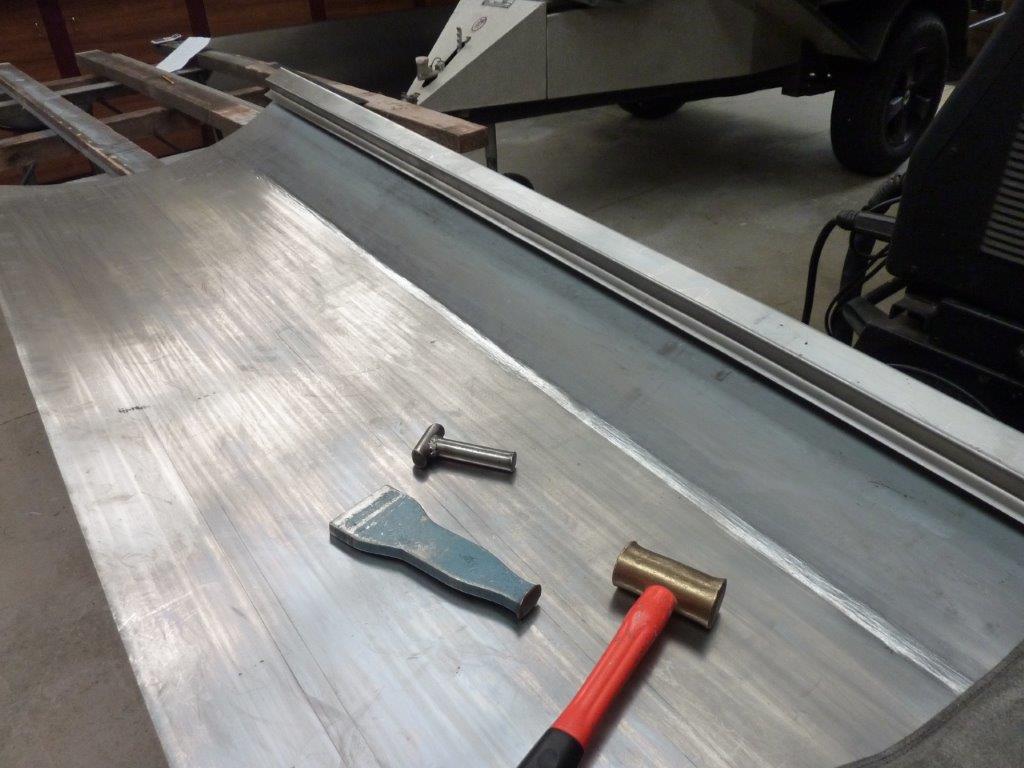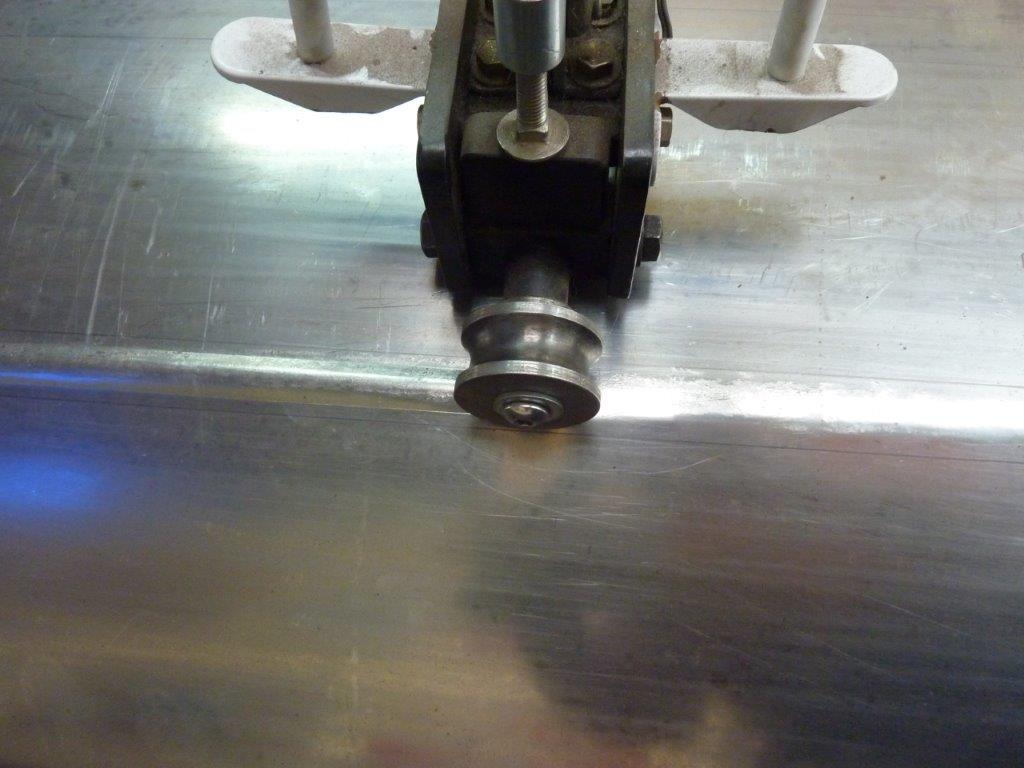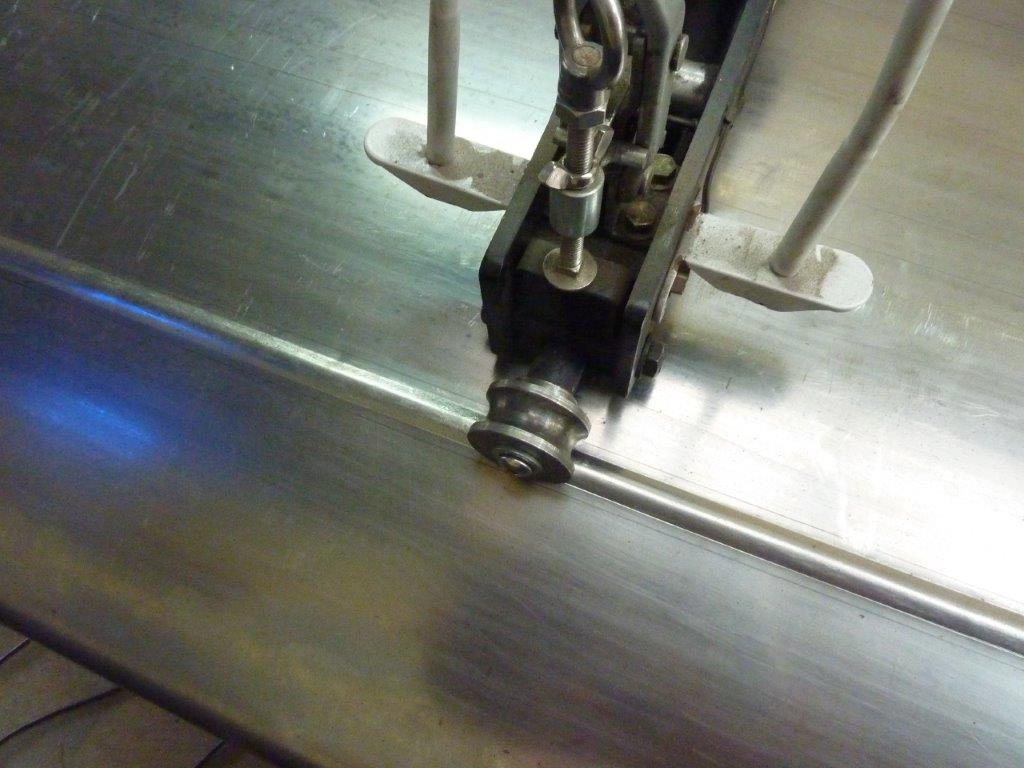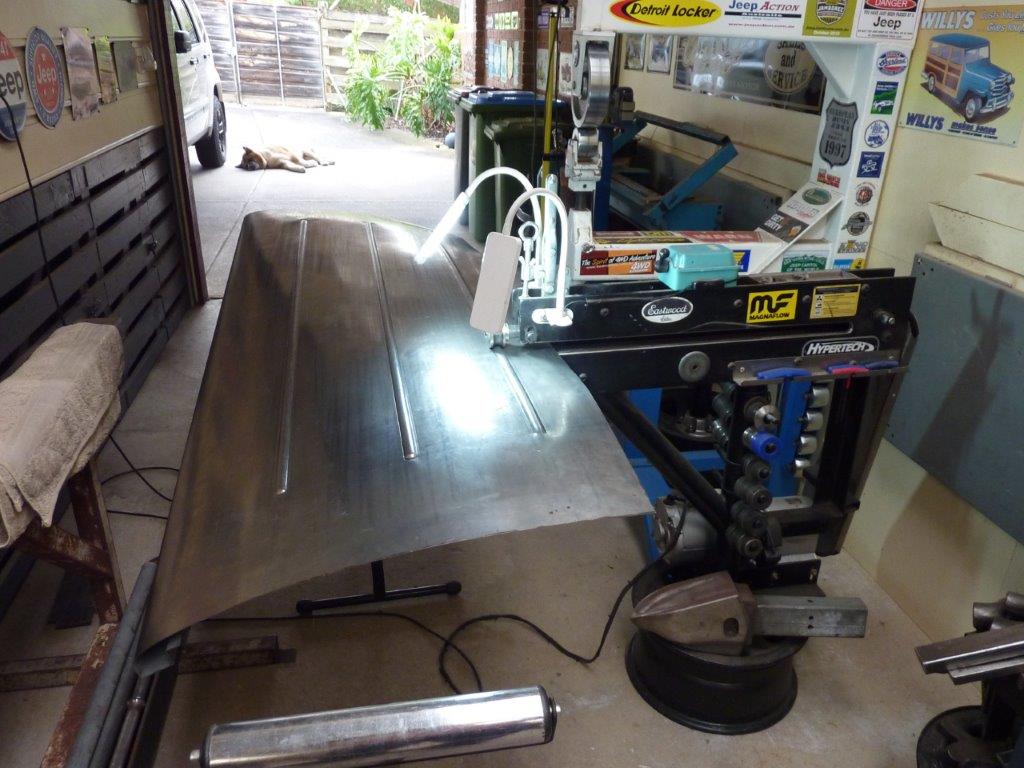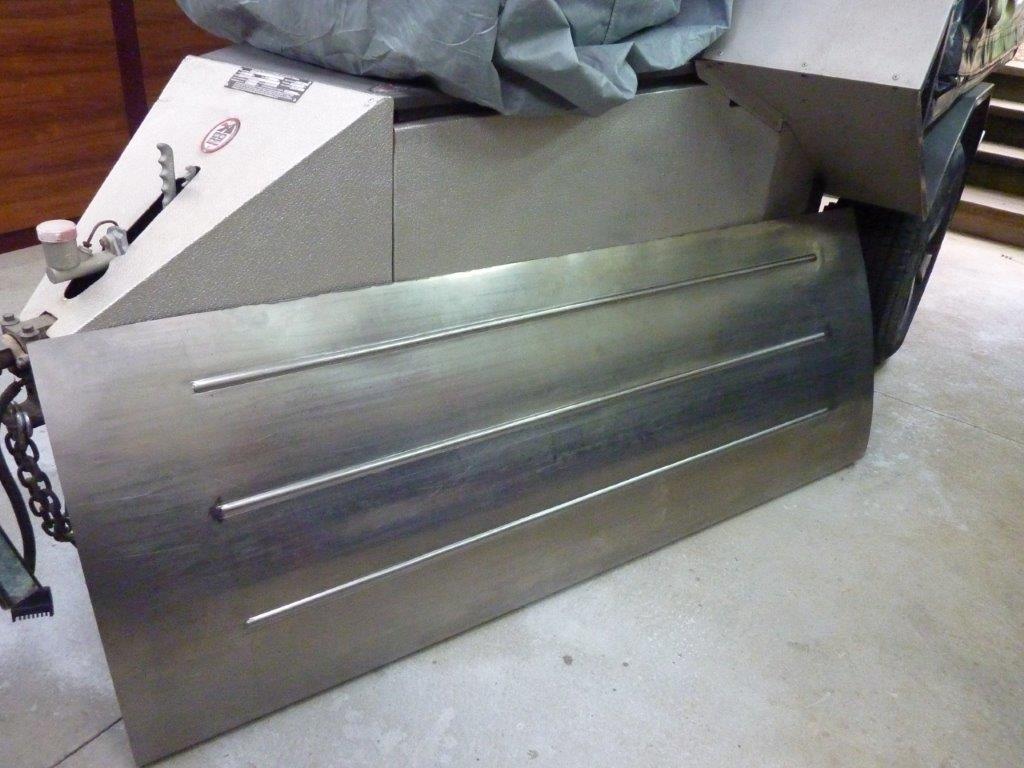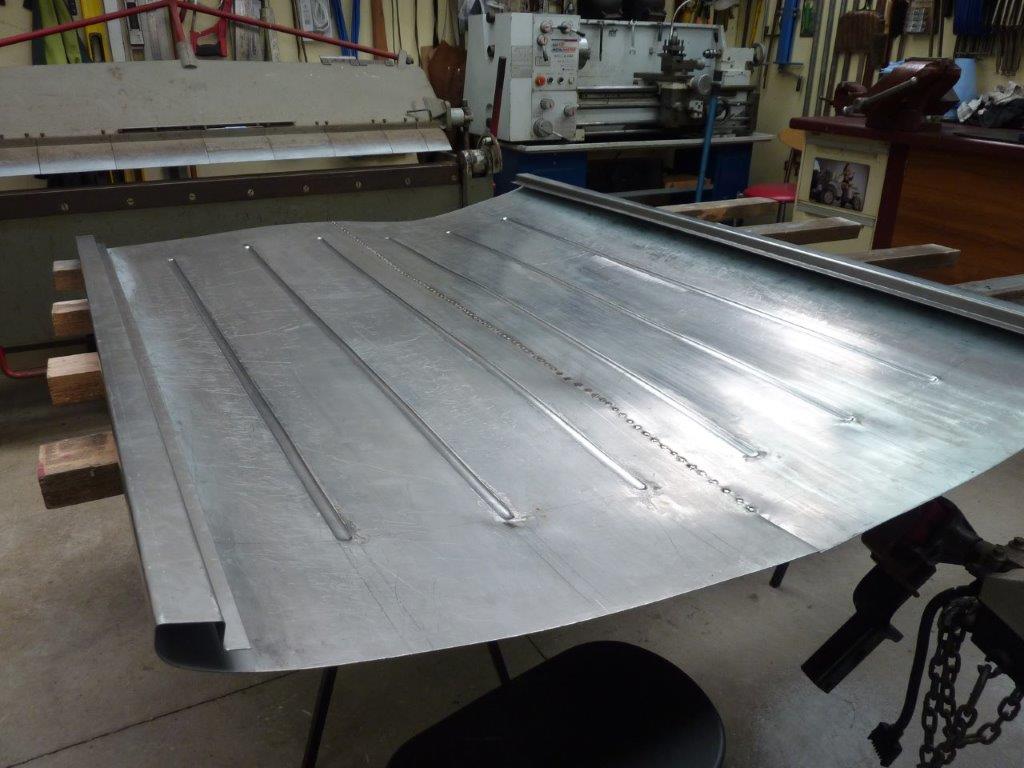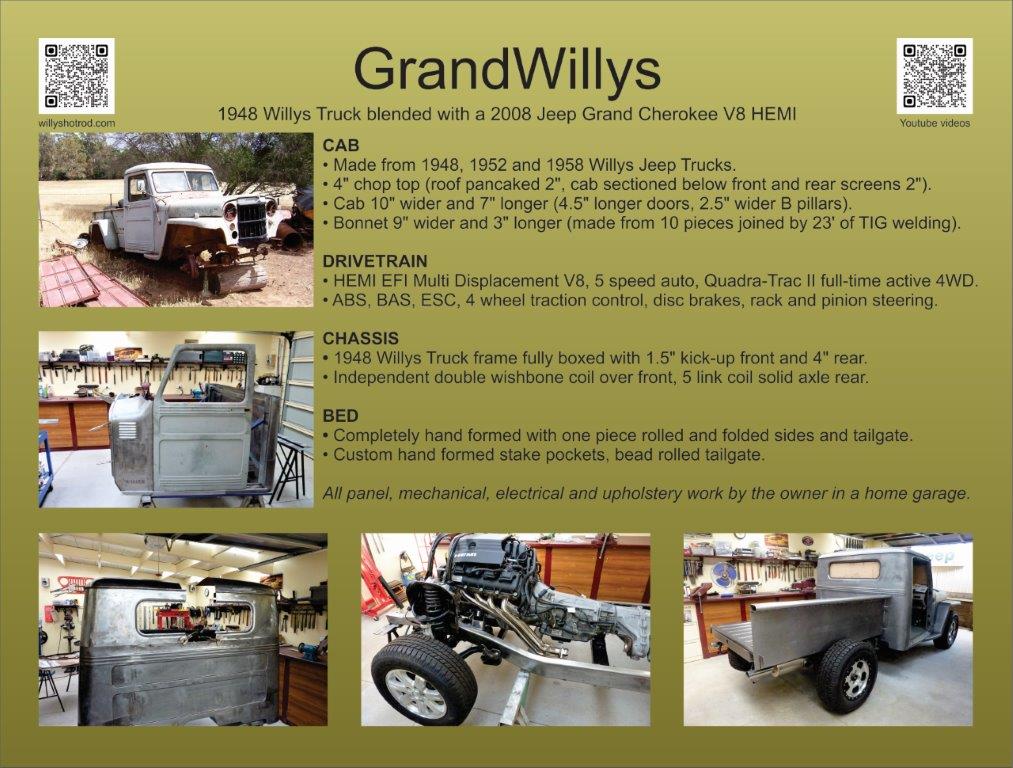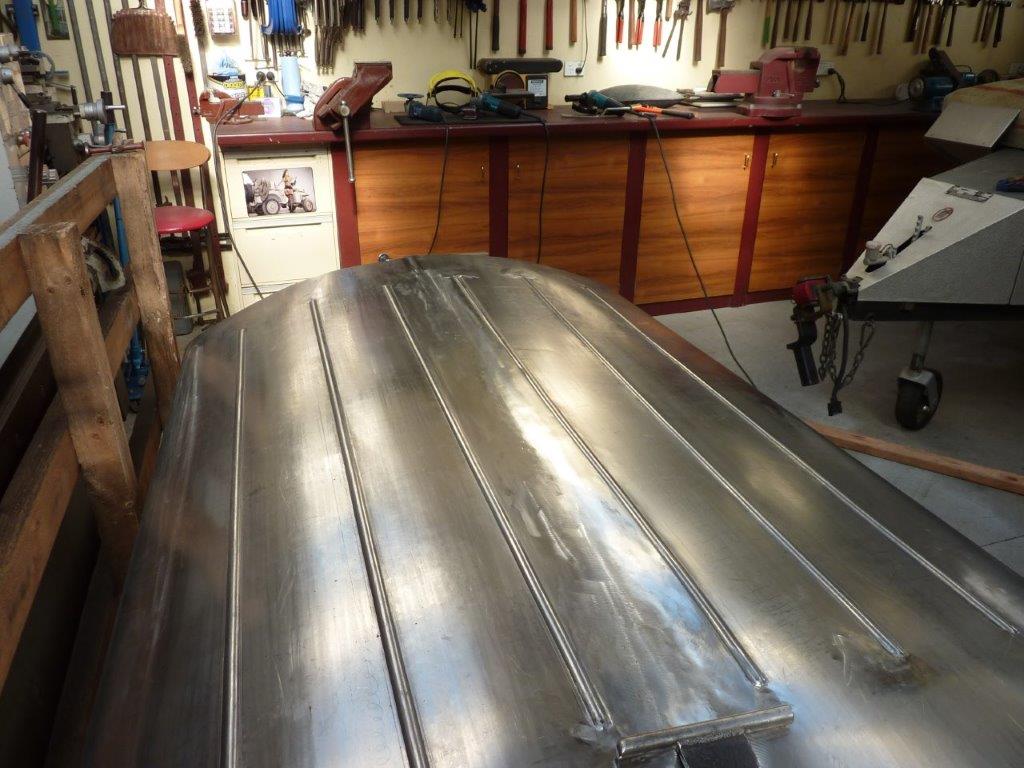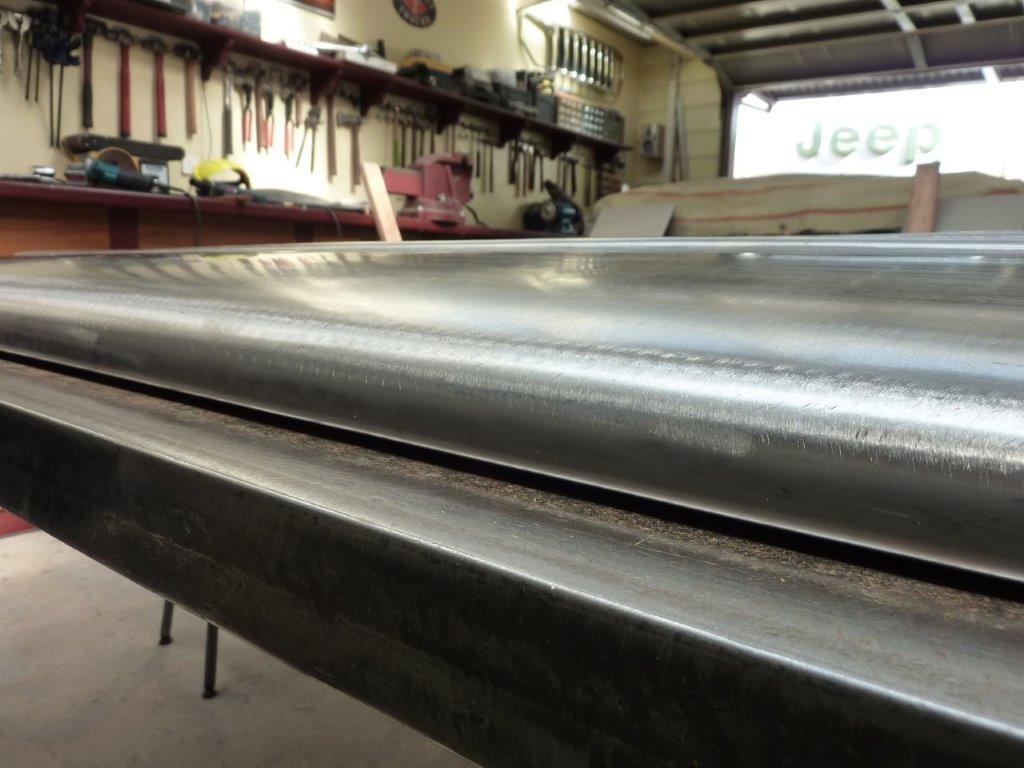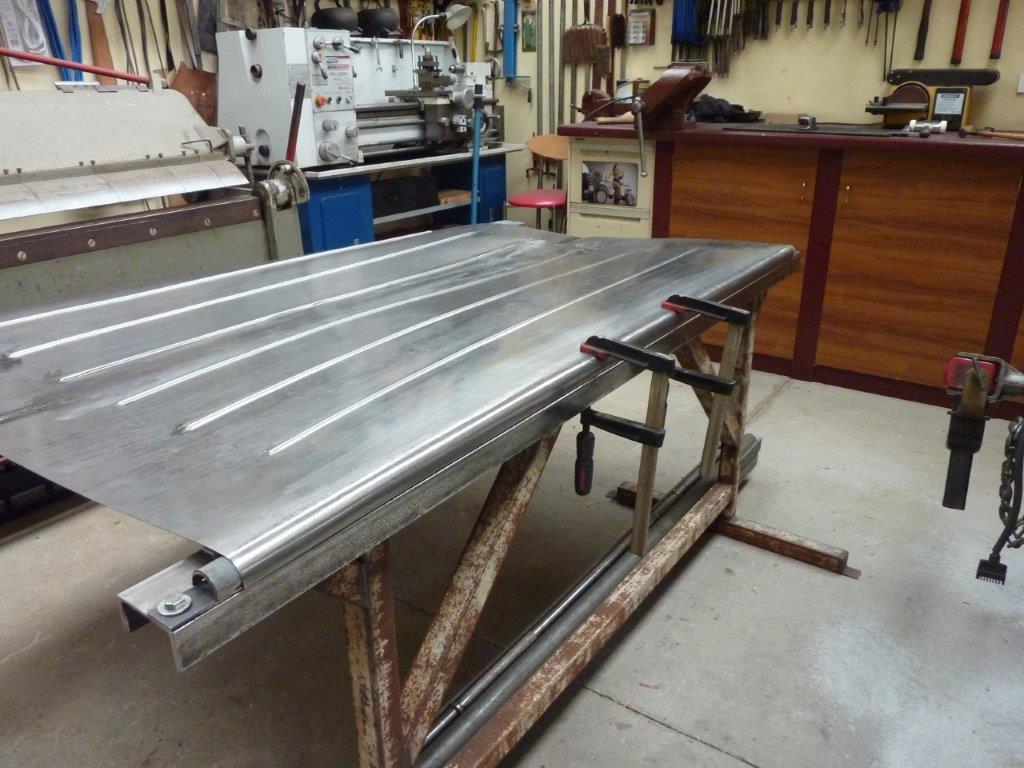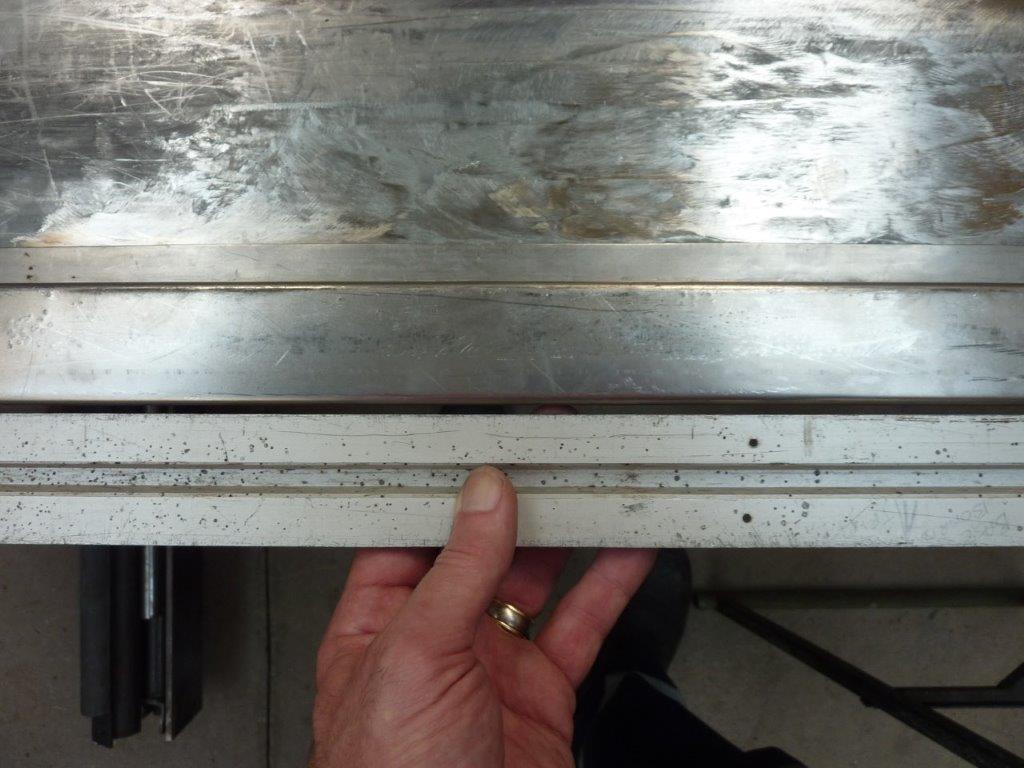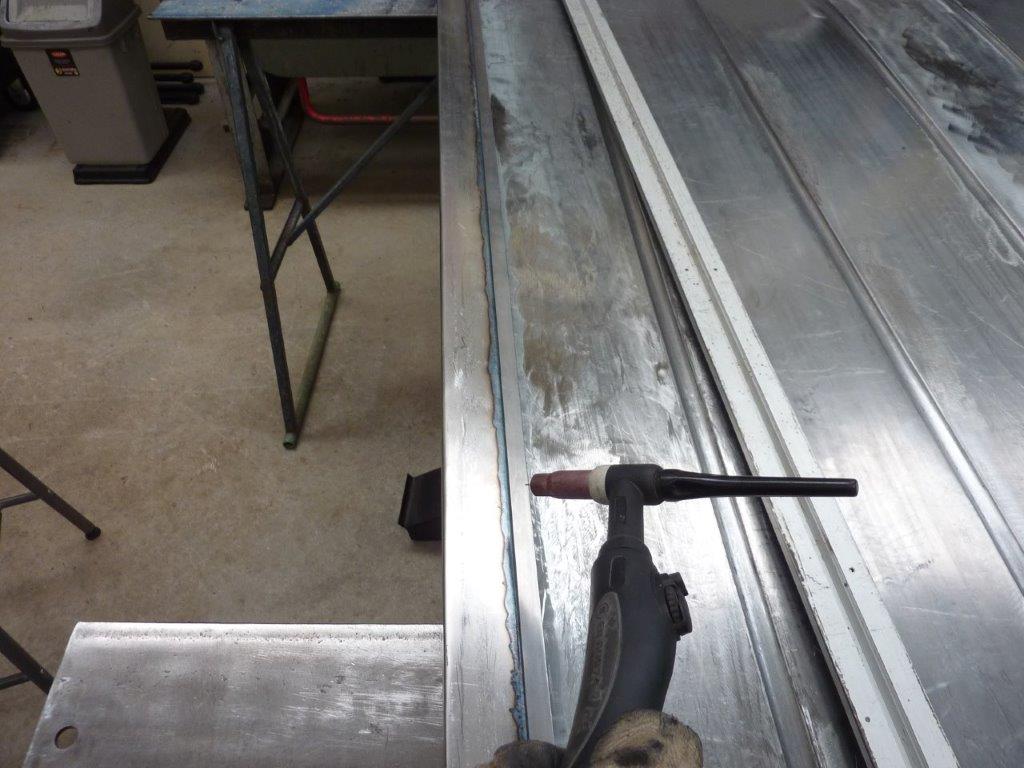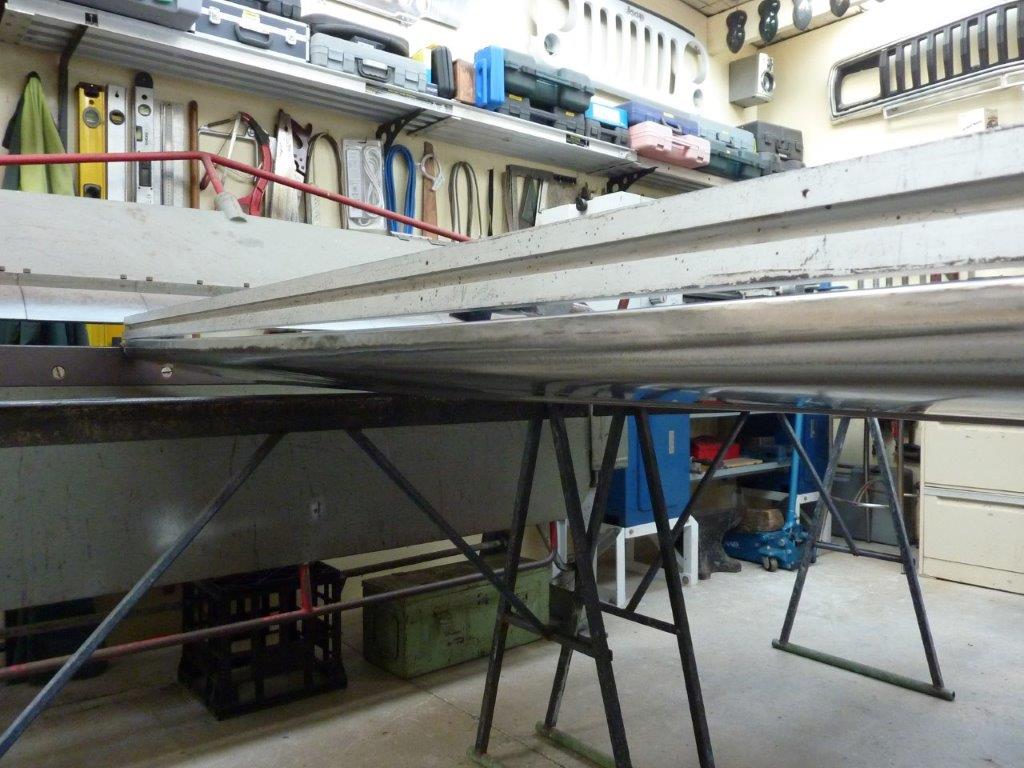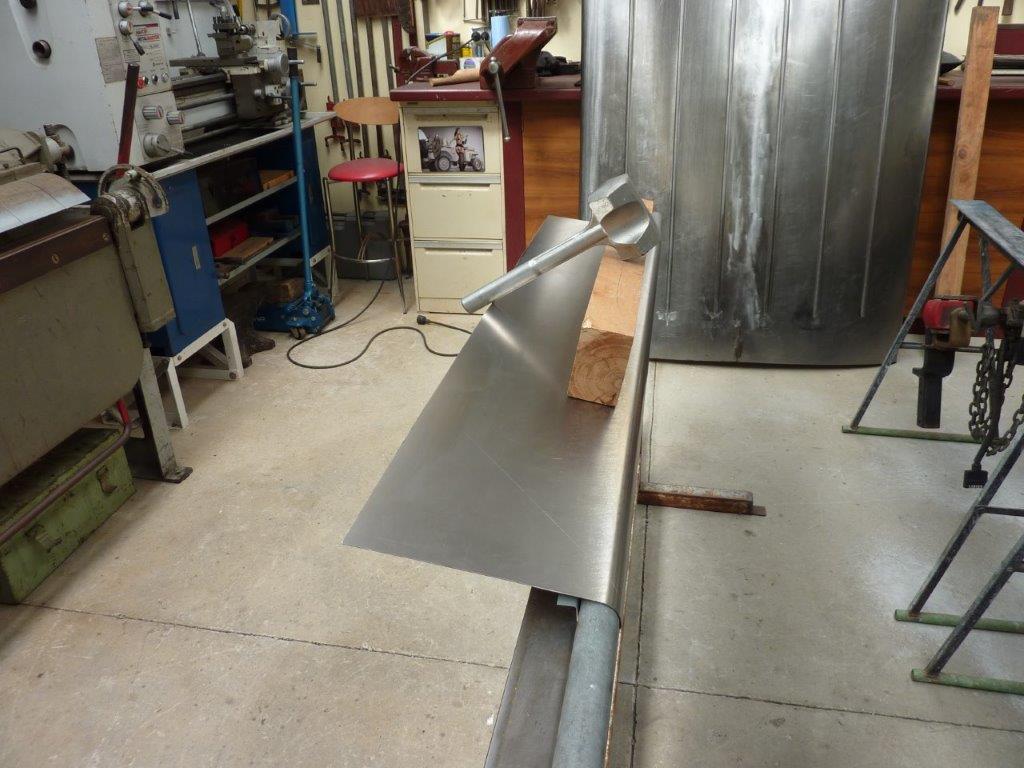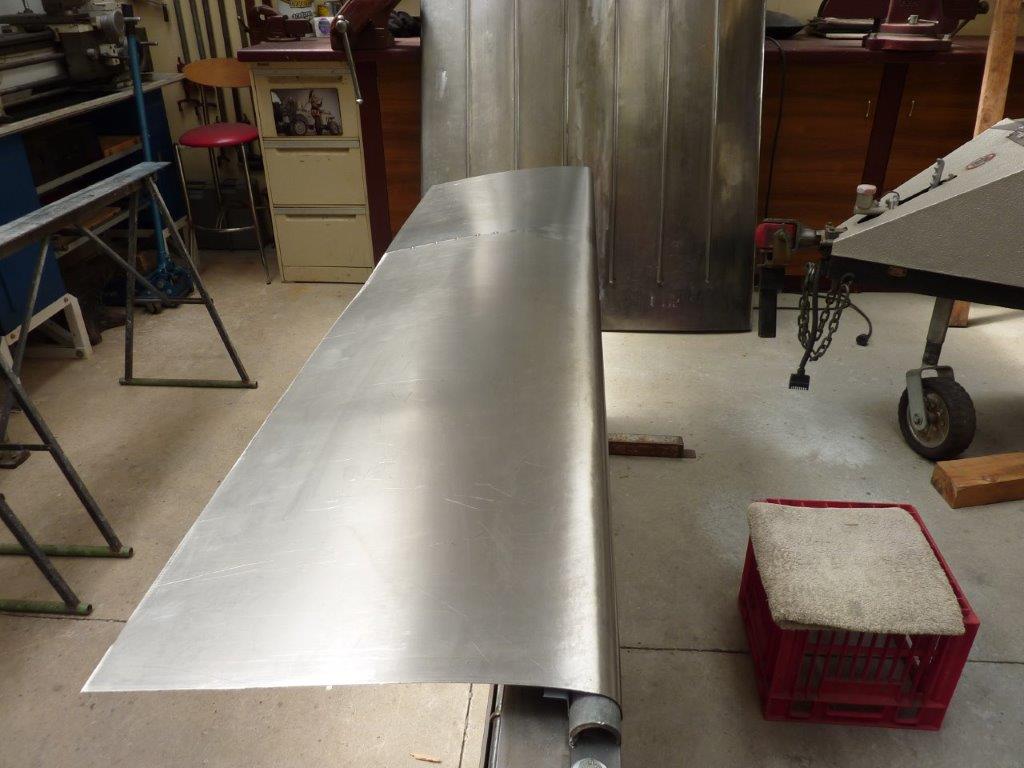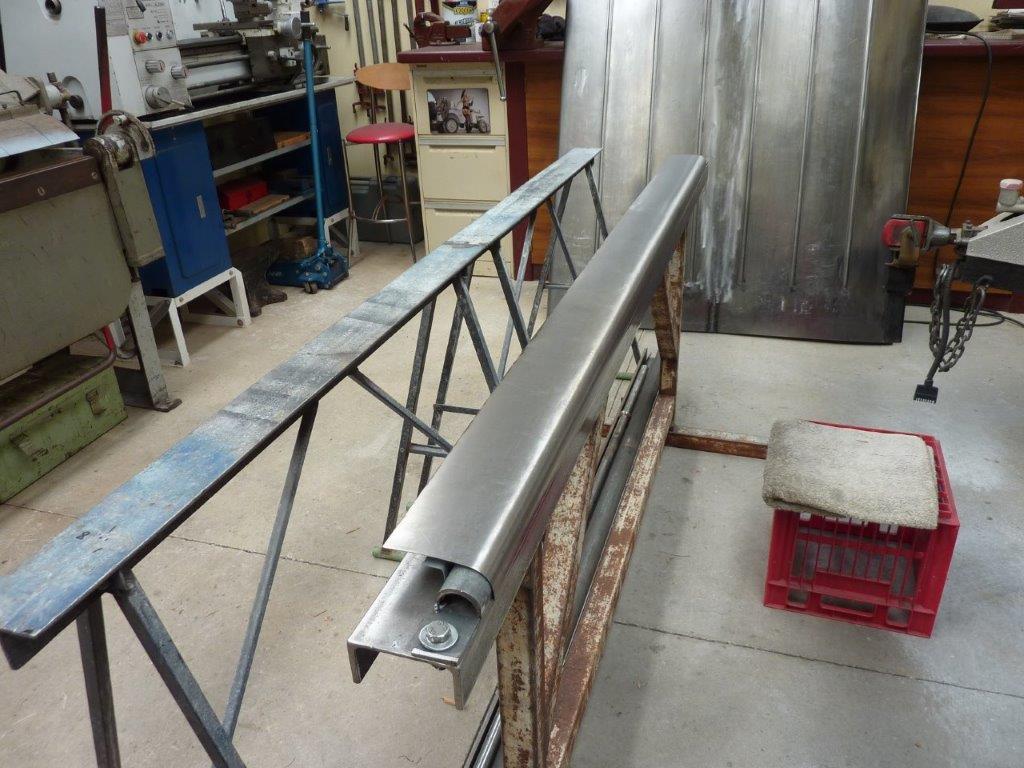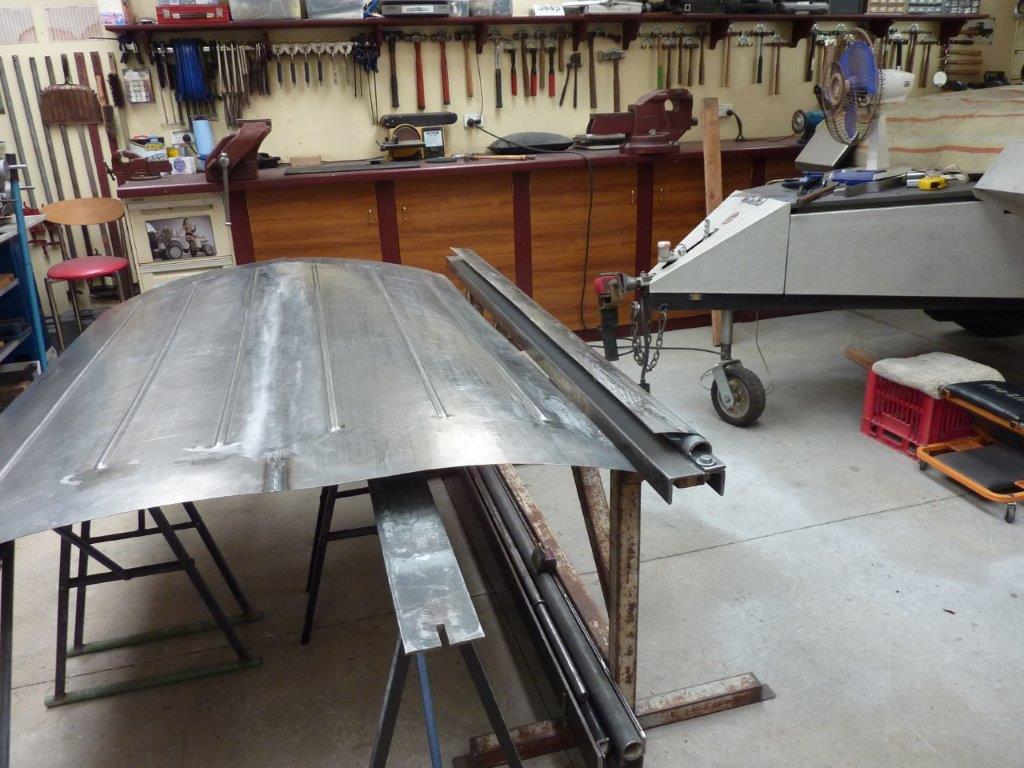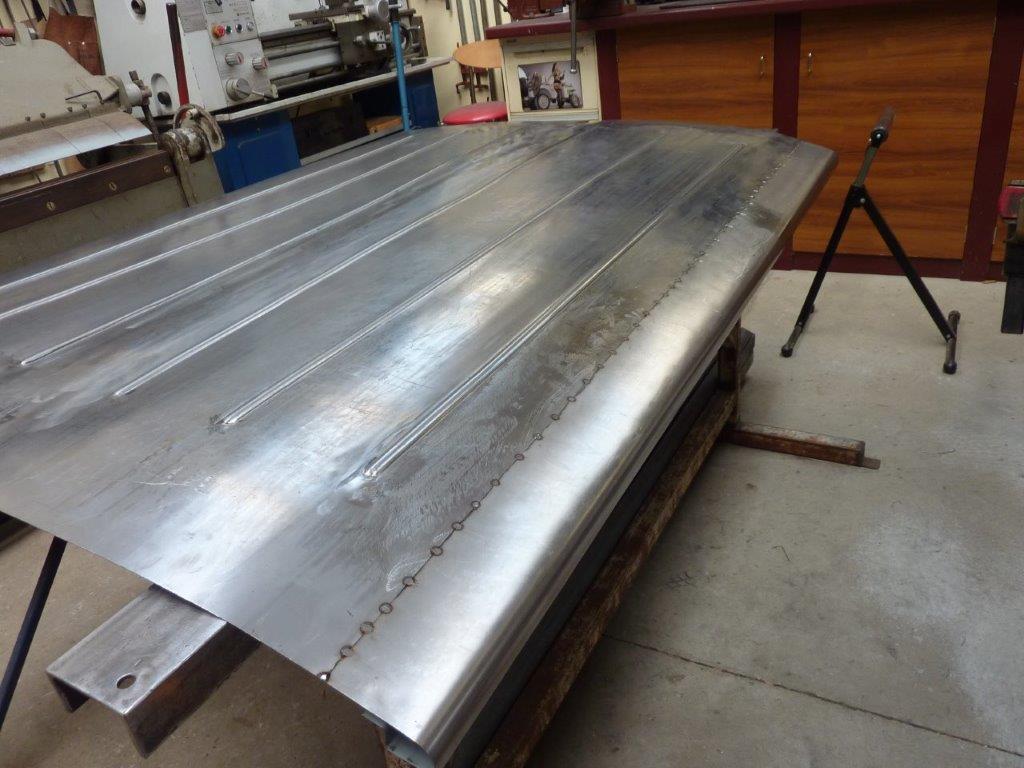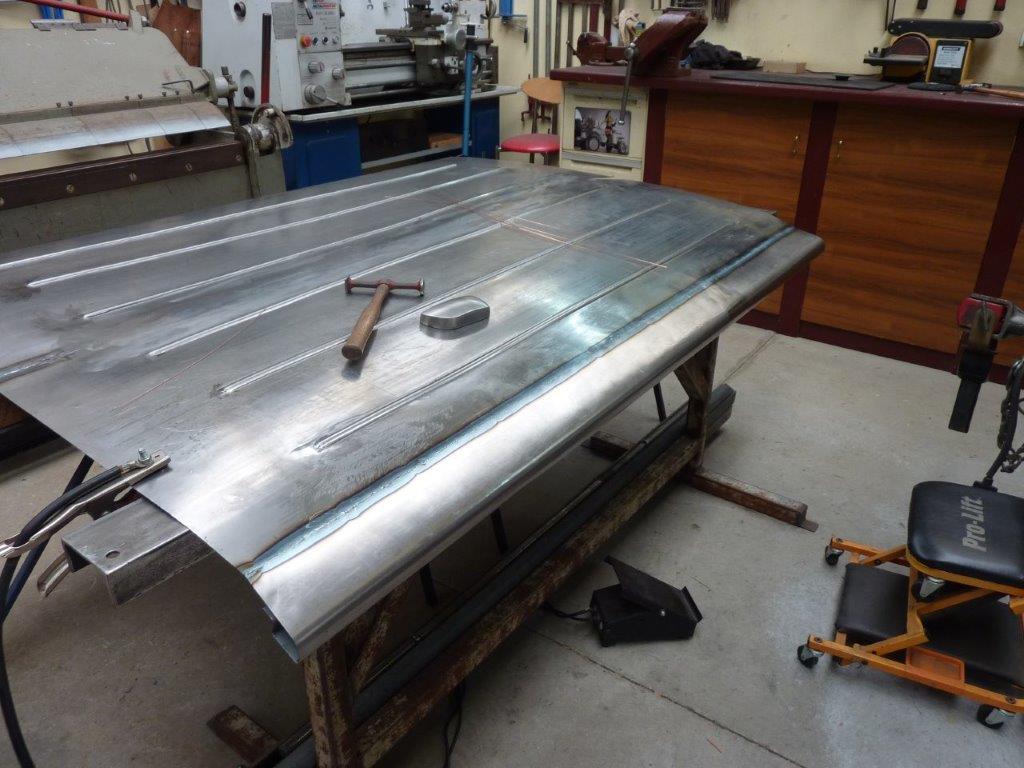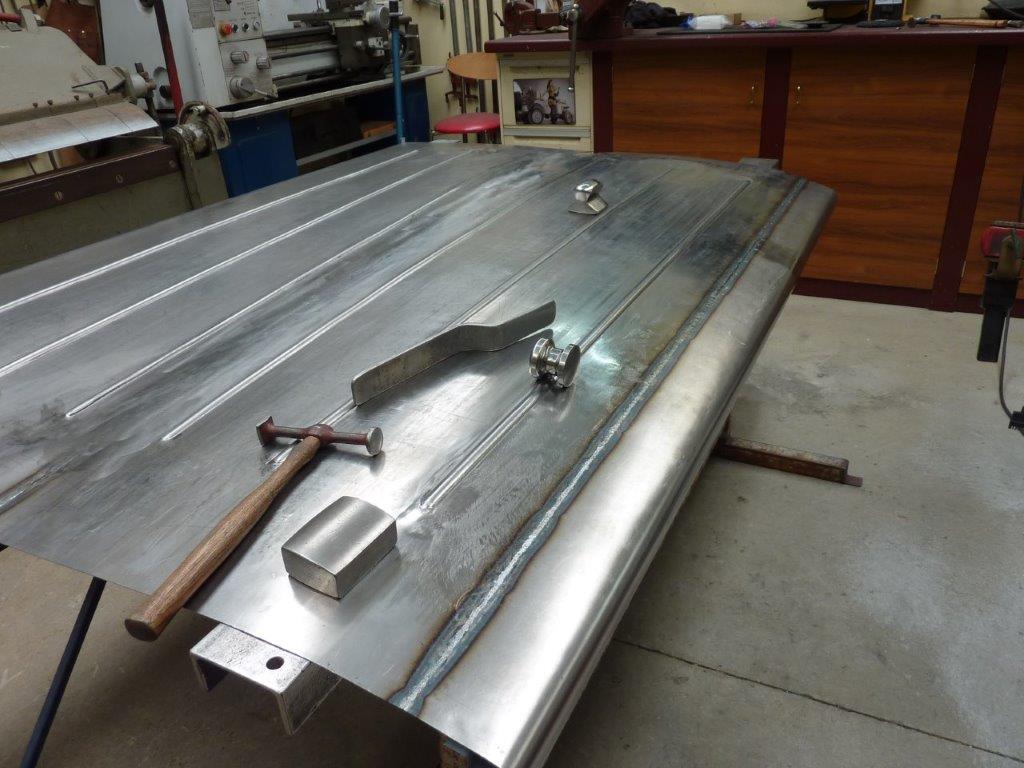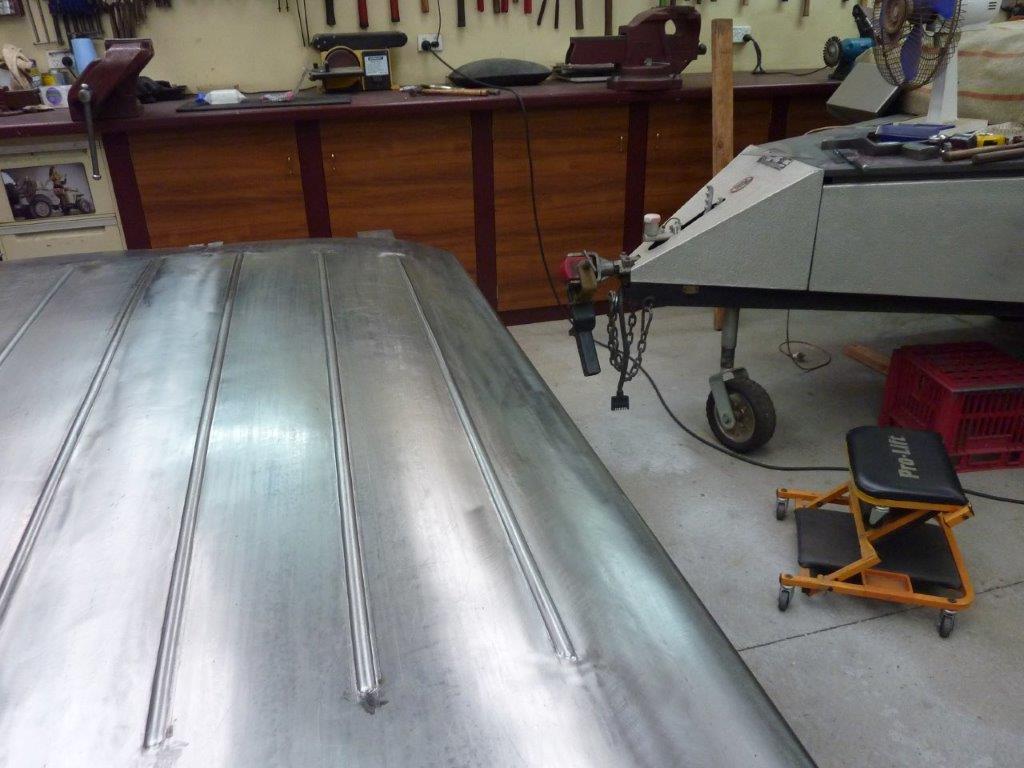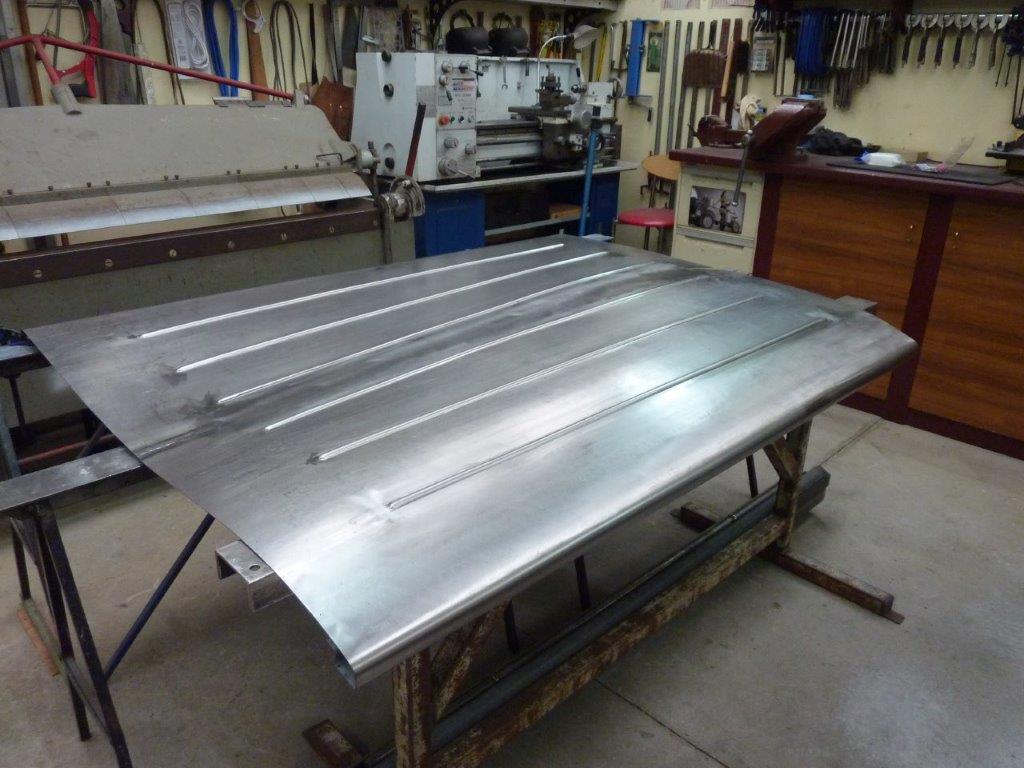Sunday coffee run.
Last piece of the build to go, making the hard tonneau cover. Just visually looking at how many beads to run up the centre of the cover to stop fluttering at speed and also break up the large flat surface. The beads will be the same size as those on the cab and tailgate.
This is the shape I have come up with for the edges of the cover. Has the same radius as the bed sides and also gives me the height I need to fit over my camping fridge. The shape also gives me the strength I need to make a 'frameless' cover.
I used every millimetre of my 'new to me' folder. What used to take 20 minutes per fold by hand, now takes 20 seconds!

I had to make sure I got the triple 'O' correct, (Order Of Operation), otherwise I could not have completed all the bends in the folder.
The folds were planned out to give me the room I need for the half round form I will use later, as well as the amount of set back from the bed side top I wanted.
Now to put in a shallow crown in the half panel. I tried to do this by myself by having the panel supported on a couple of my rubbish bins. If you don't support it correctly, you will impart more bend with each pass than you want for a low crown.
Unfortunately it didn't work out as well as I hoped and I created I lot of extra work for myself. I couldn't put in as many passes so then had to soften every line by hand to spread the crown out.
So I waited until my wife could help me pass the sheet through the wheel. I was also able to use light pressure to fix the first panel some more, but you can still see how much smoother the far most panel is when done with the 2 of us from the start. I did manage to match the crown of both halves first go though!
So this is the form I made by cutting a pipe in half and then tack welding it to some flat bar. I then placed the form inside the folded part of the panel and bolted it down to the stand.
Then I just pulled it over by myself, (video to come), and finished the roll using the lead beating bat.
Here you can see the finished rounded edge. Now just have to repeat it for the other half of the cover which will be welded to this later.
To create a bead you need extra material if the bead does not run right to the ends. Normally I do this by passing it through the English Wheel with a high crown anvil. But as I was on my own again, I did the stretching by belting the 'T' dolly along the marked area where the bead will be, directly over my steel bench. Then hit it some more with the chaser to make it a bit more even. You could just directly hammer the whole thing too, but do not go outside the bead area. I have never been able to pre-stretch too much for large beads like this.
I had to do some extra machining to my 19mm-3/4" bead dies as they were not nesting properly. They need to be able to fit inside each other with only a material thickness left.
On the right of the roller going into the dies is the rough pre-stretched area, and on the left the first pass coming out. Can see how it is starting to smooth out already. I also ran guide lines each side of the outside of the top die to make it easier to follow accurately.
Increasing the pressure for the return pass, you can now see on the right how much better the bead is getting. I did around 7 passes in all to get it to full height.
Rounded the end of the bead using a piece of notched pipe. There is still some pull down around the bead area showing it still didn't have enough pre-stretch, so will have to address that later.
Last bead being done on this half of the tonneau cover.
One half done, another half still to go.
With both sides now done it was time to tack them together. See how uneven the metal is before I have stretched the tacks after welding. I will get it even before I start to TIG weld this all together. Some puckering at the end of the beads show more pre-stretch was needed. I'm not too concerned at this stage as I will be cutting part of the unfolded ends away to add the same rounded profile as the sides. Just couldn't be done all at once as tried to fold and roll on a test piece, but it was not possible.


